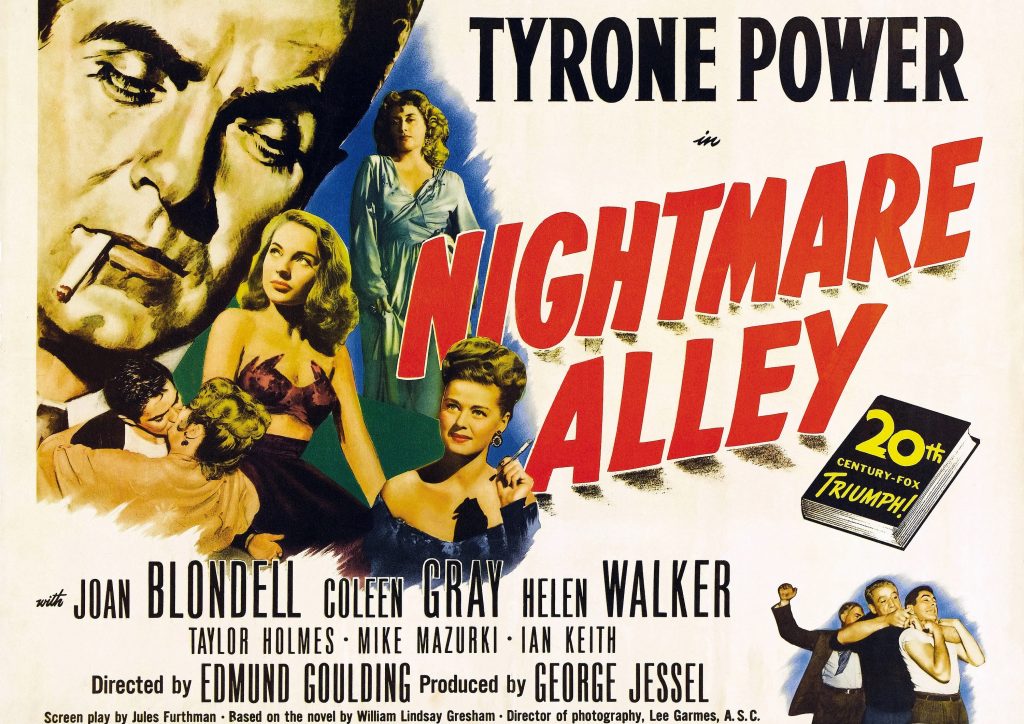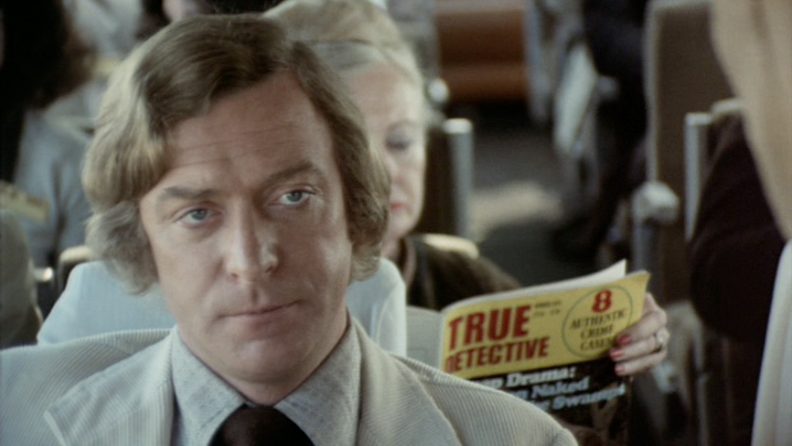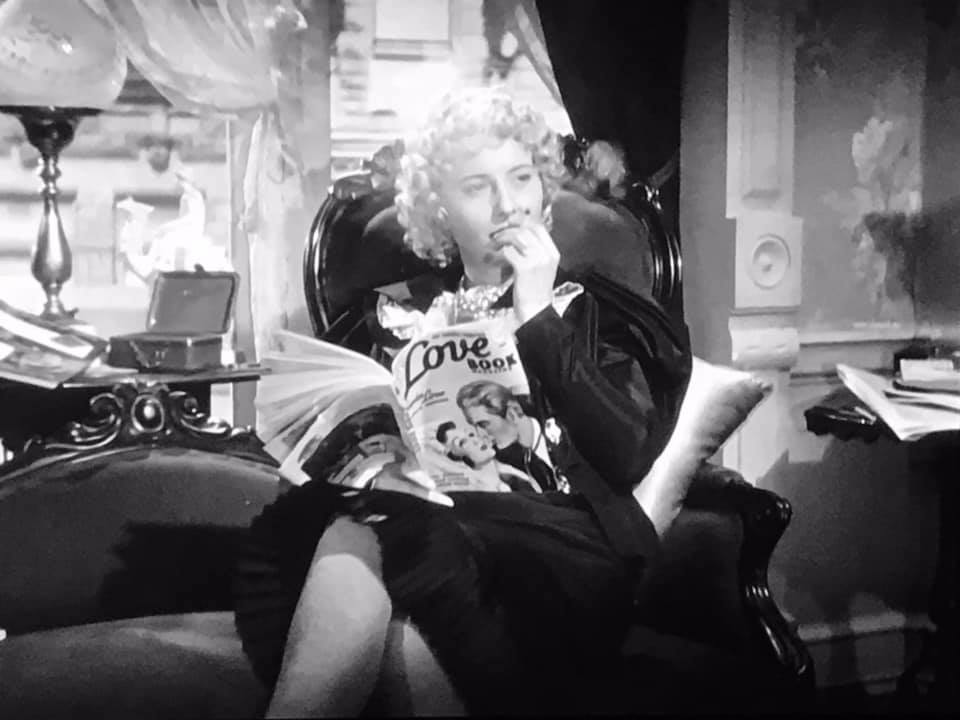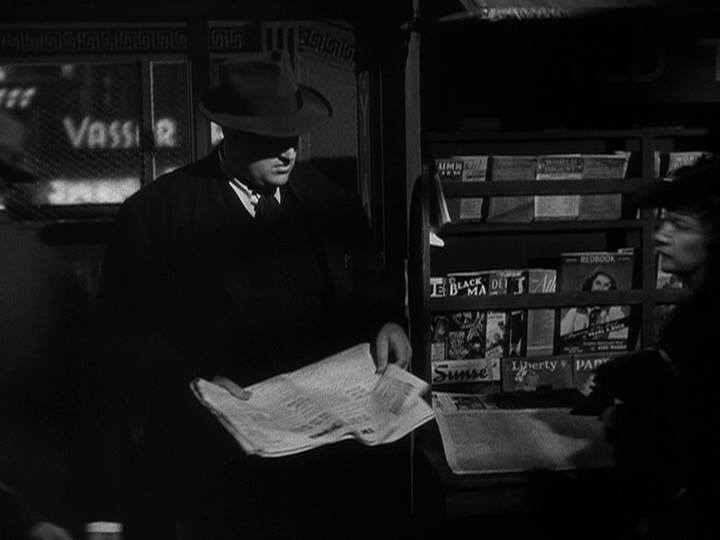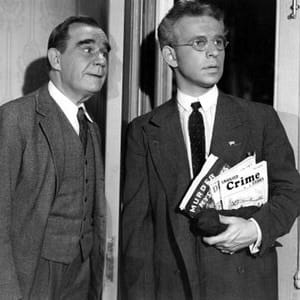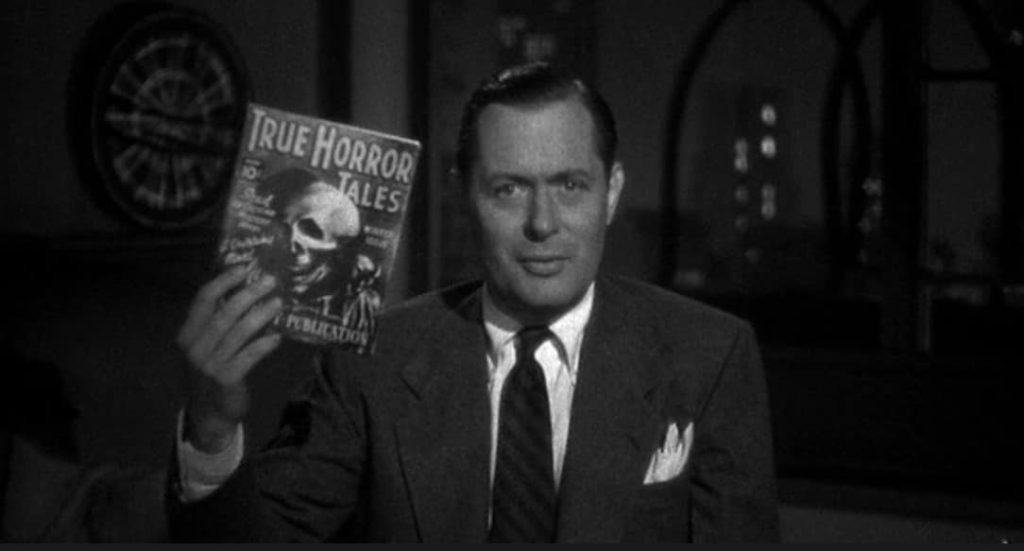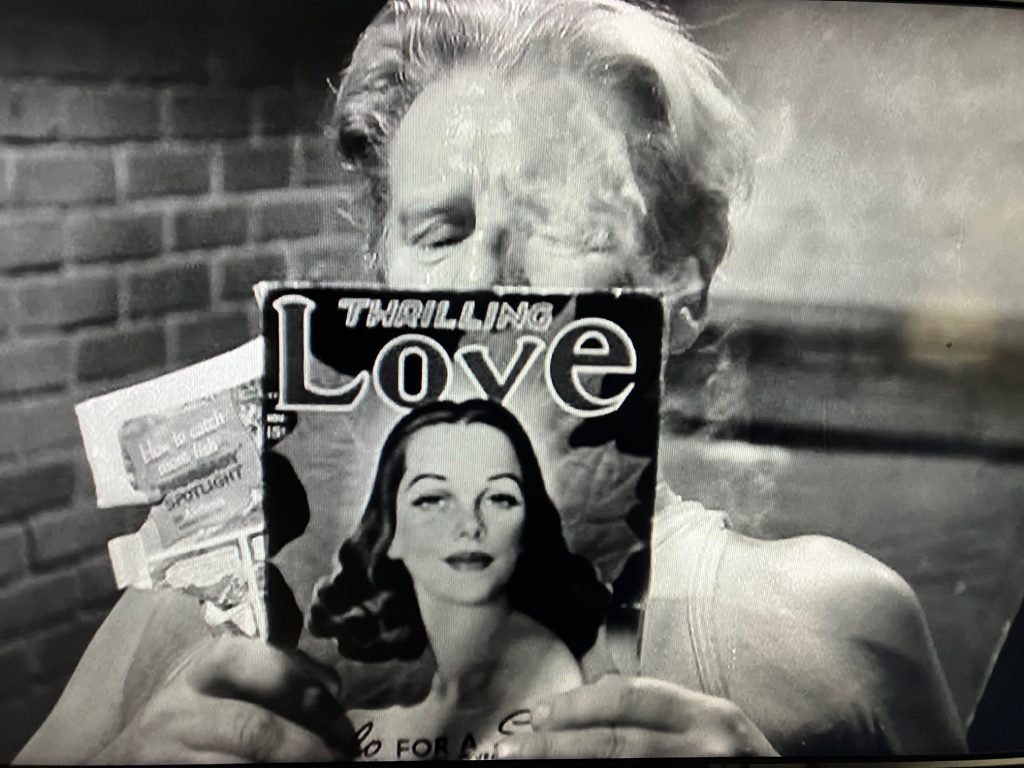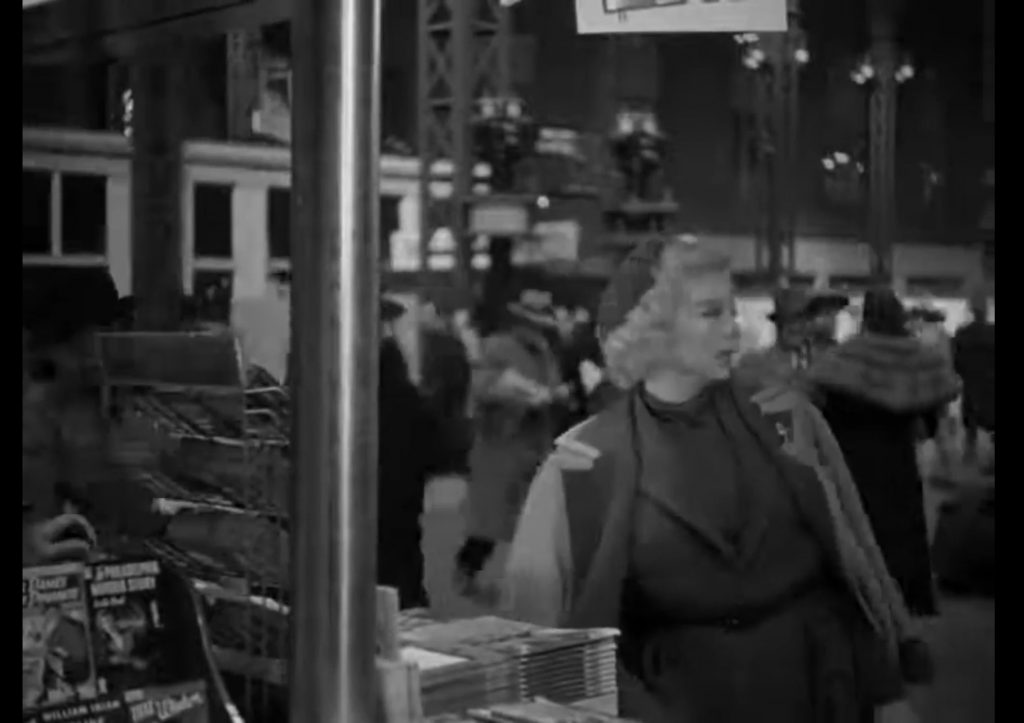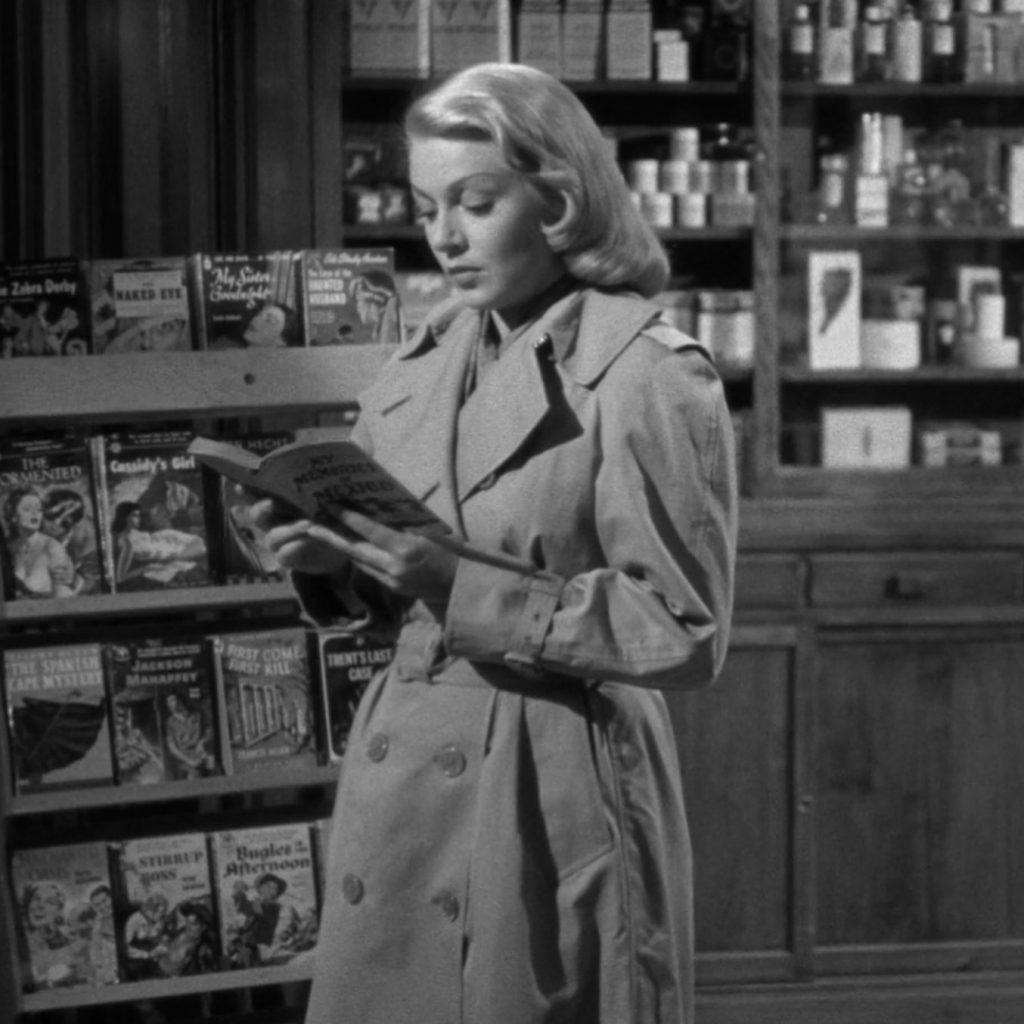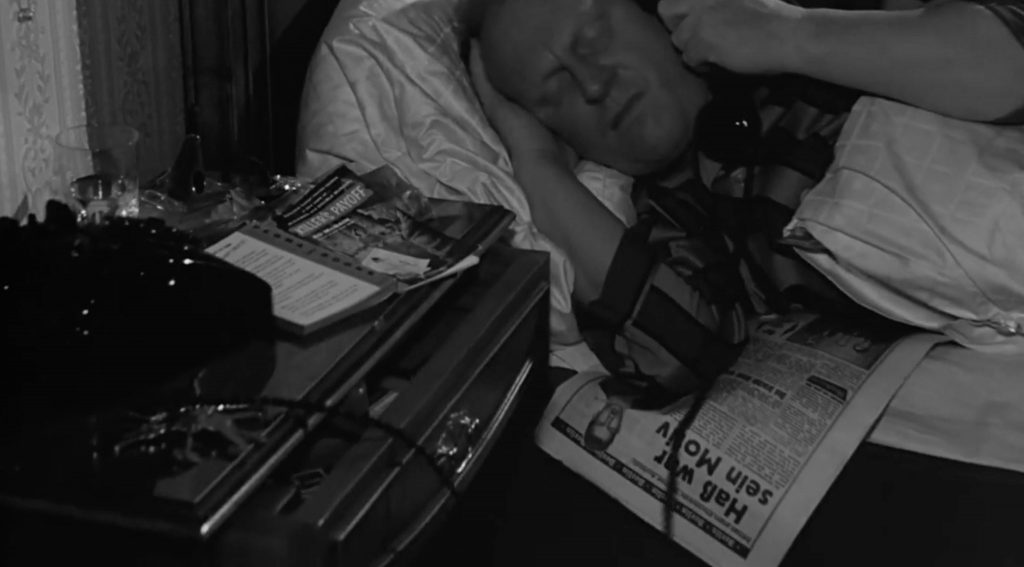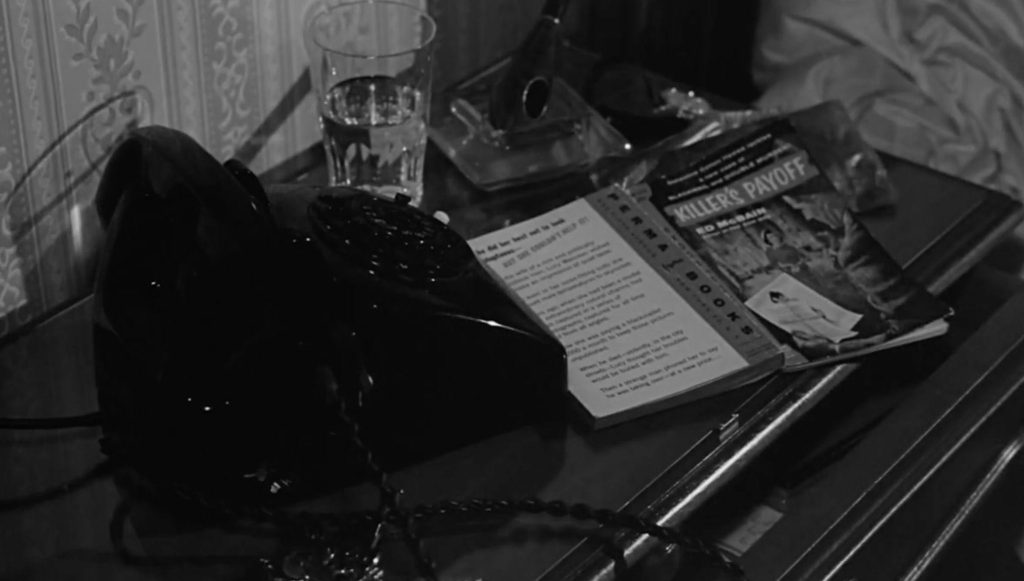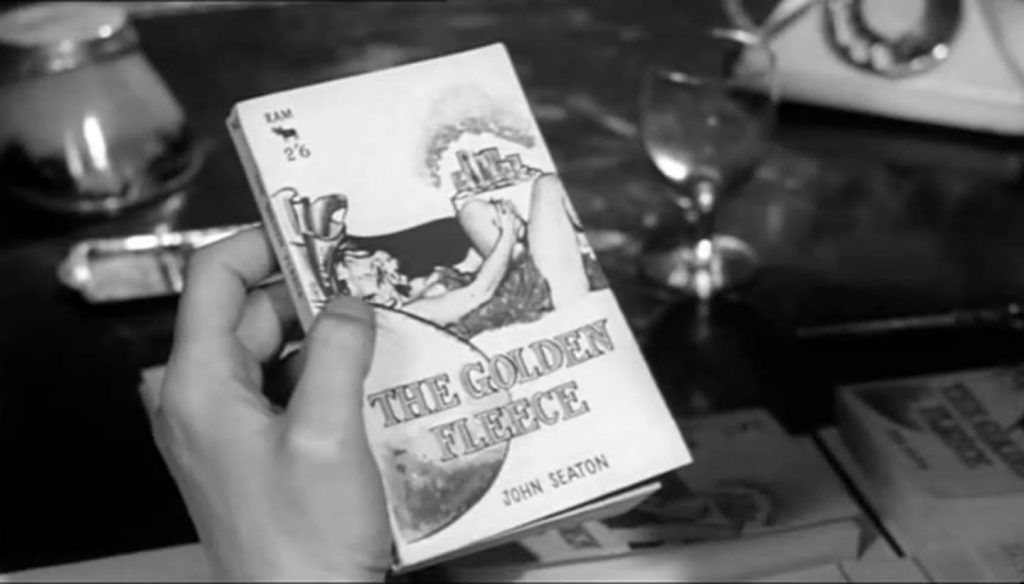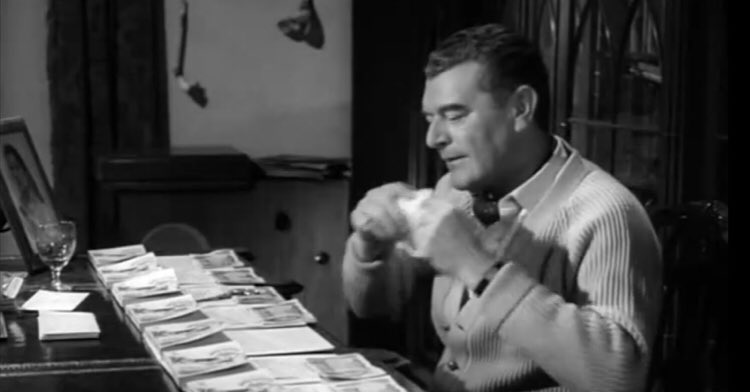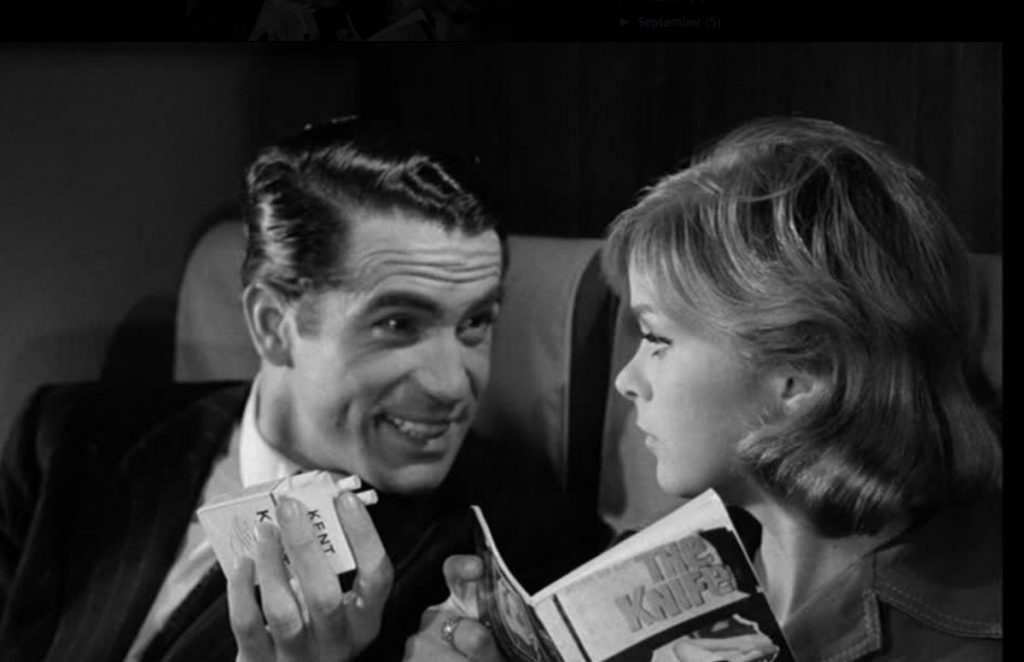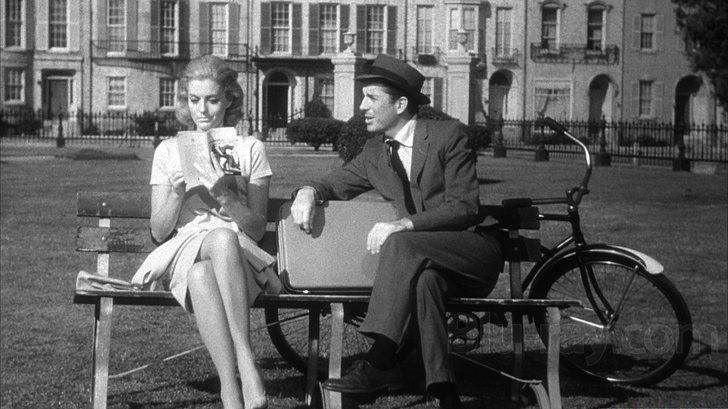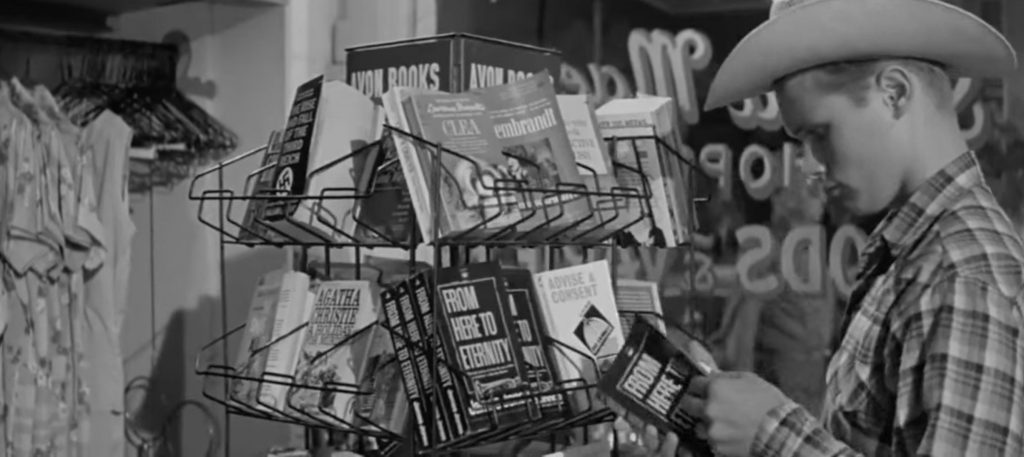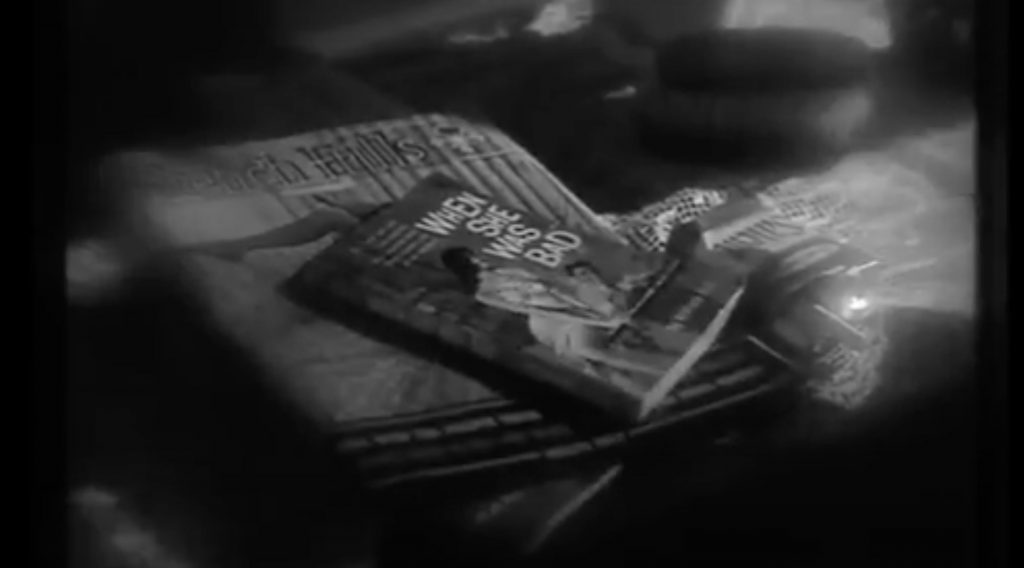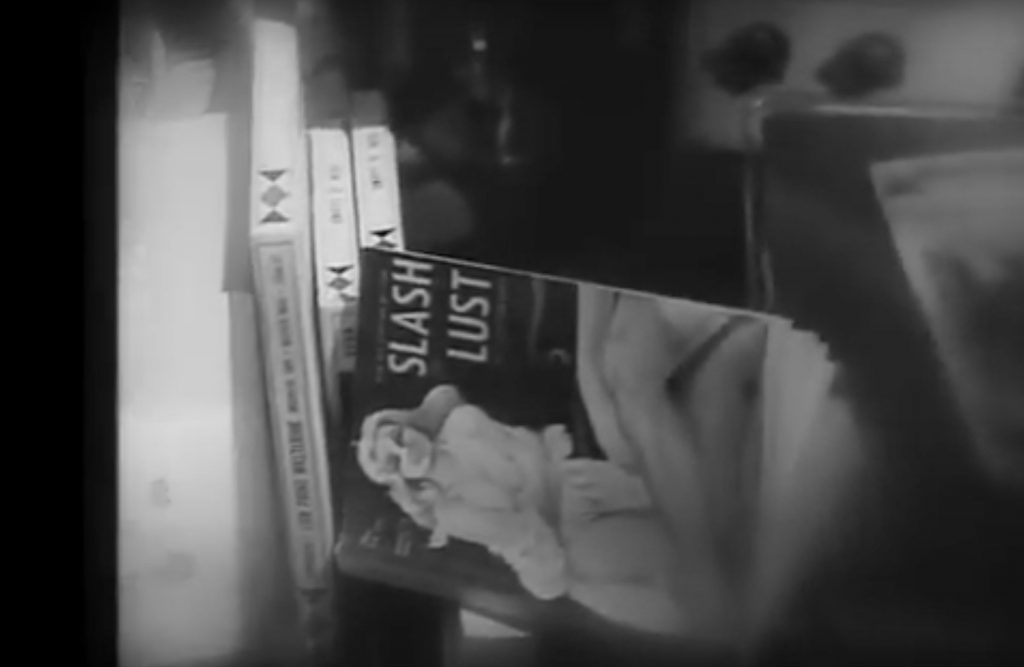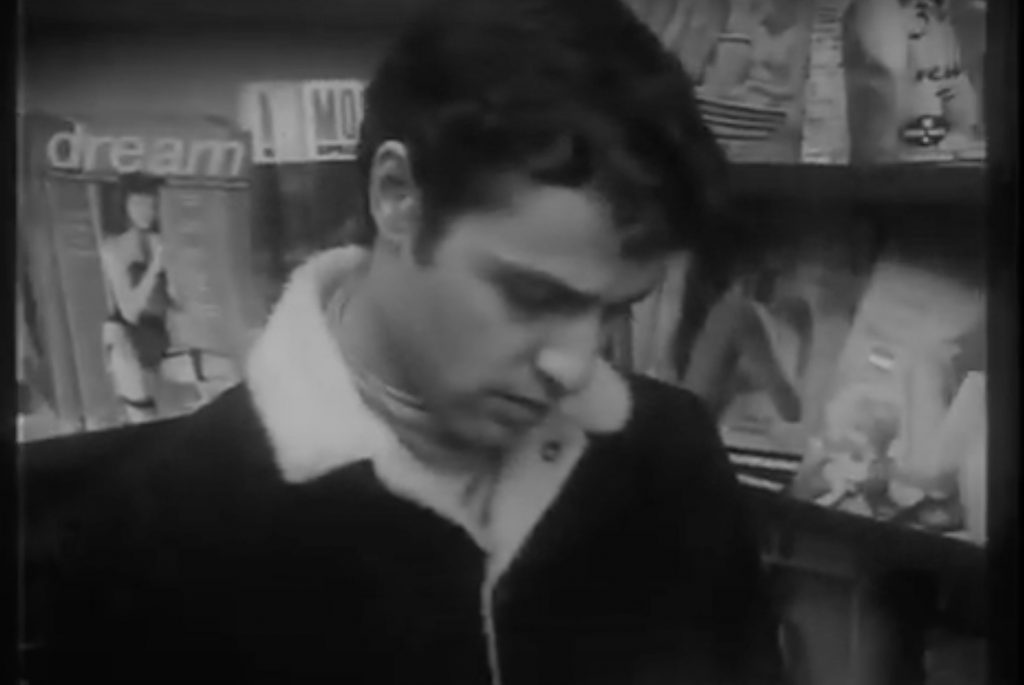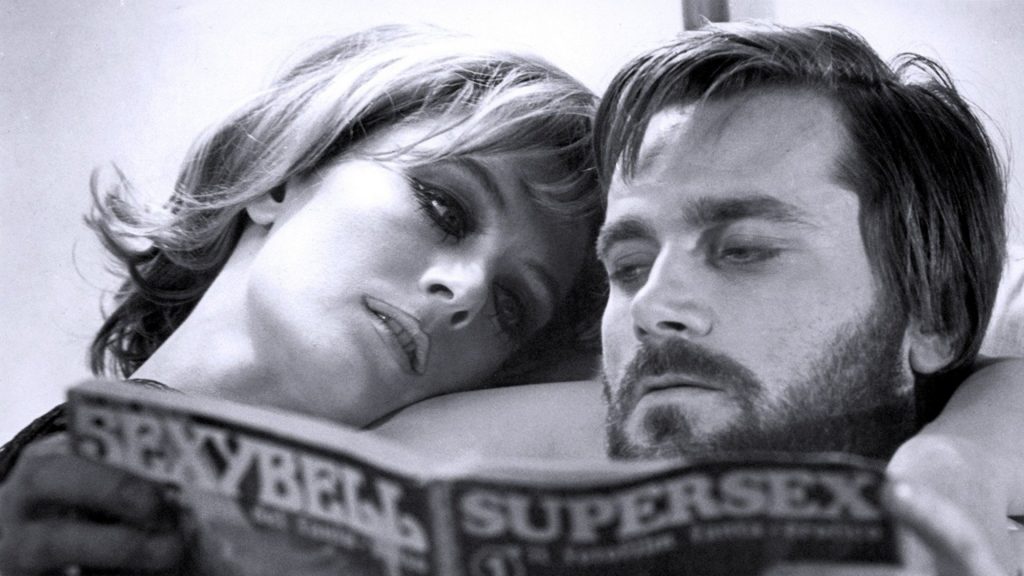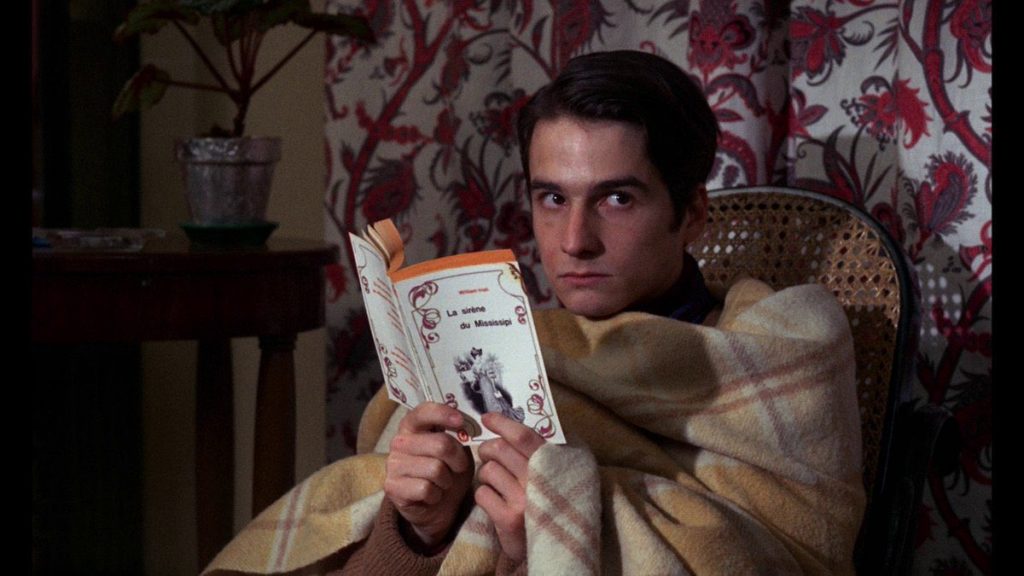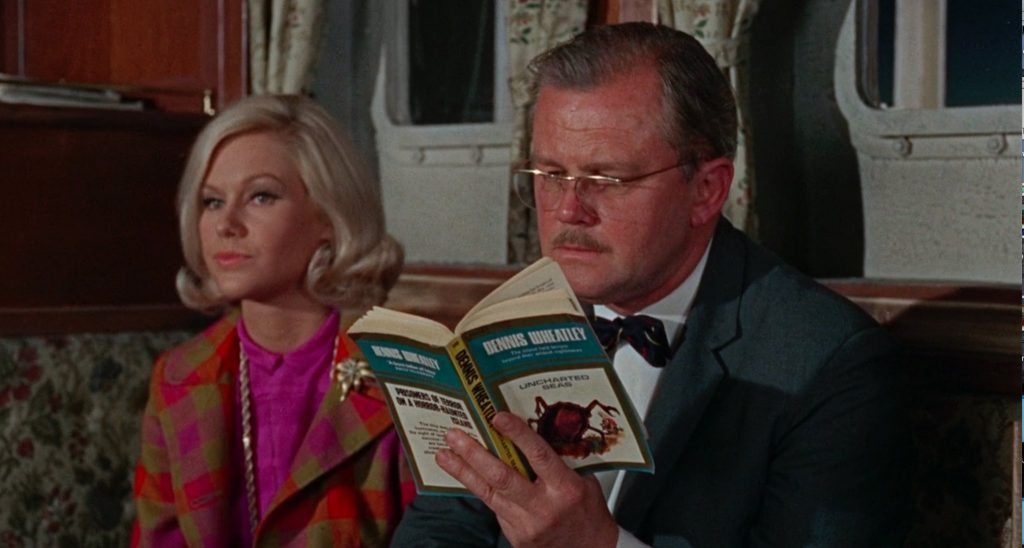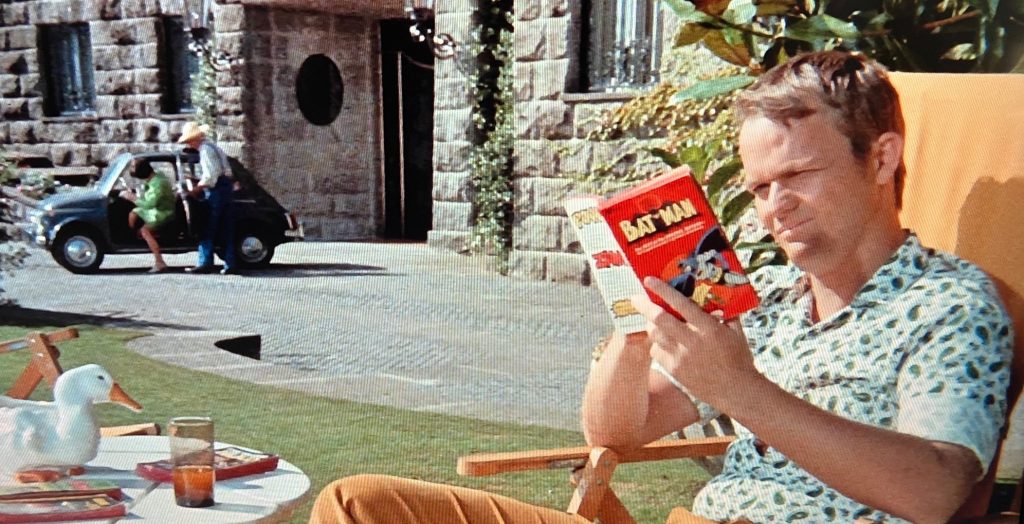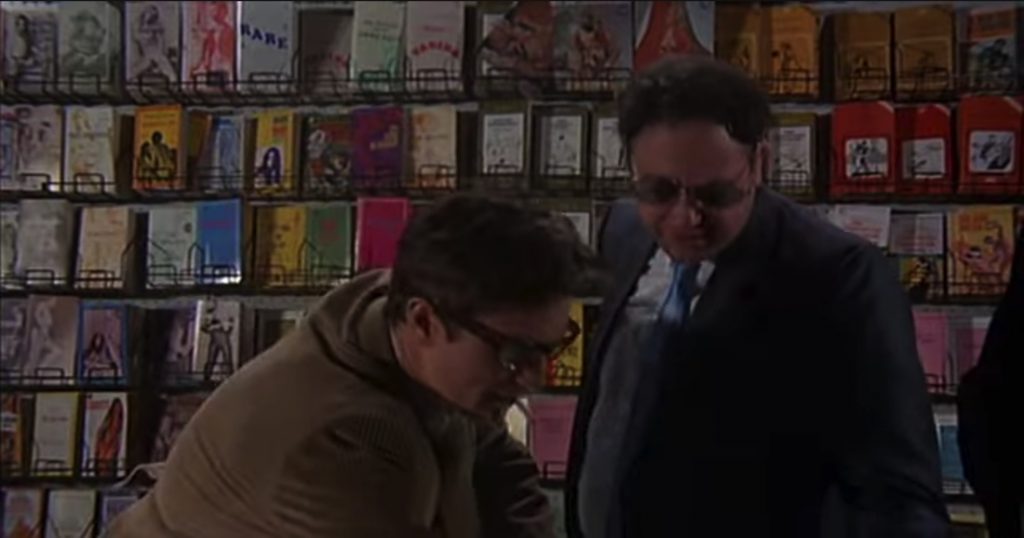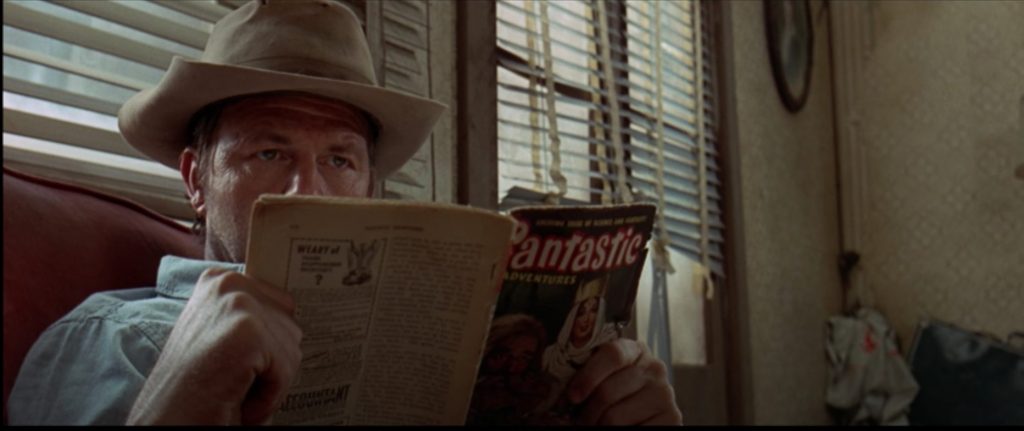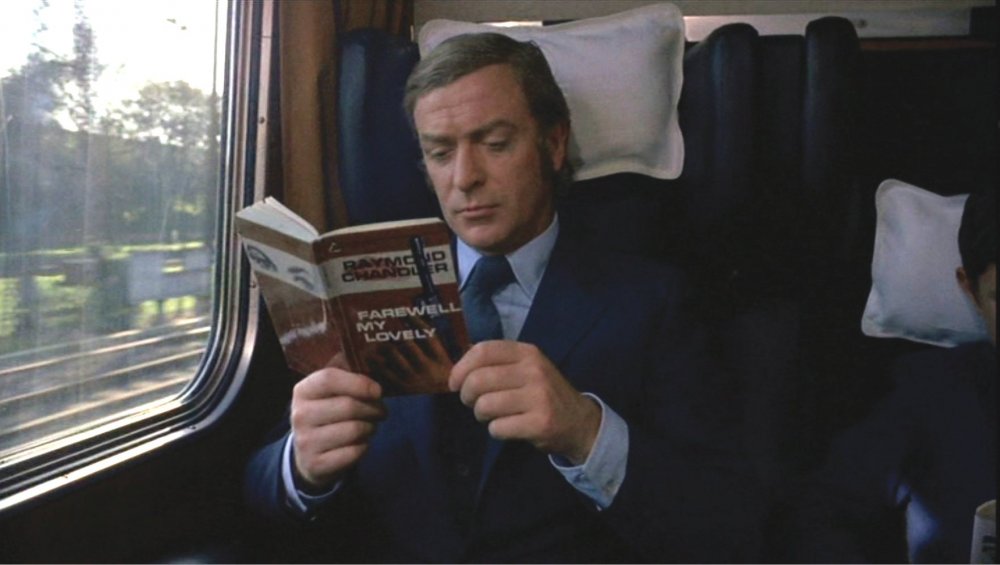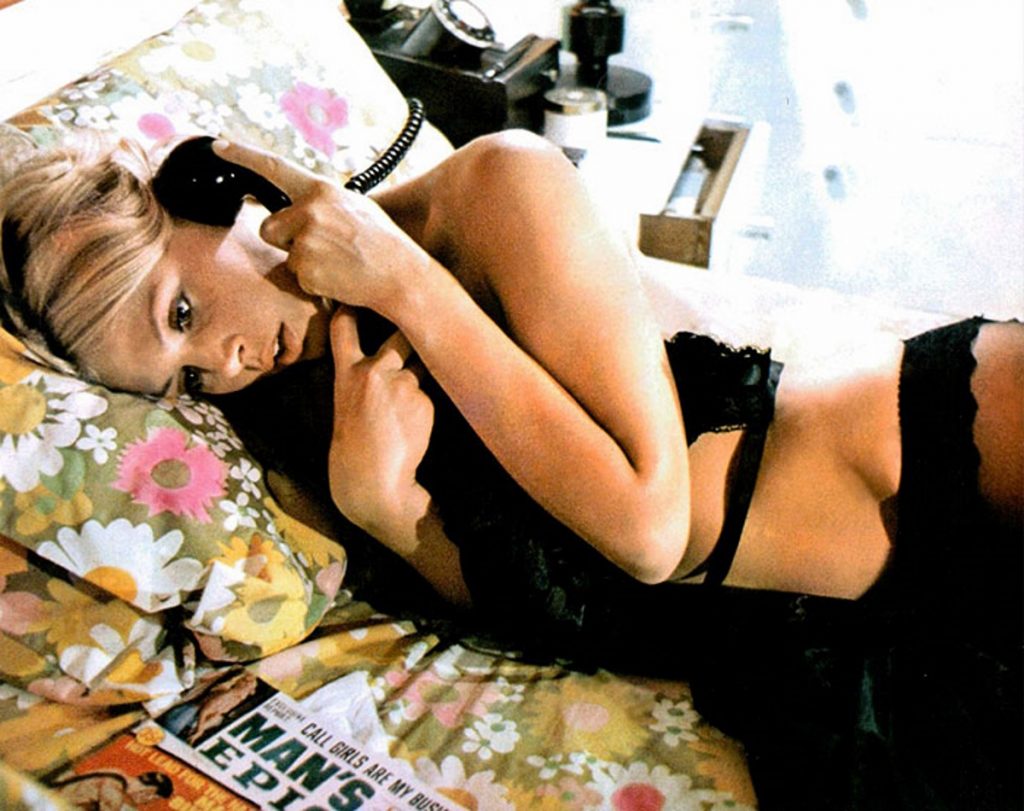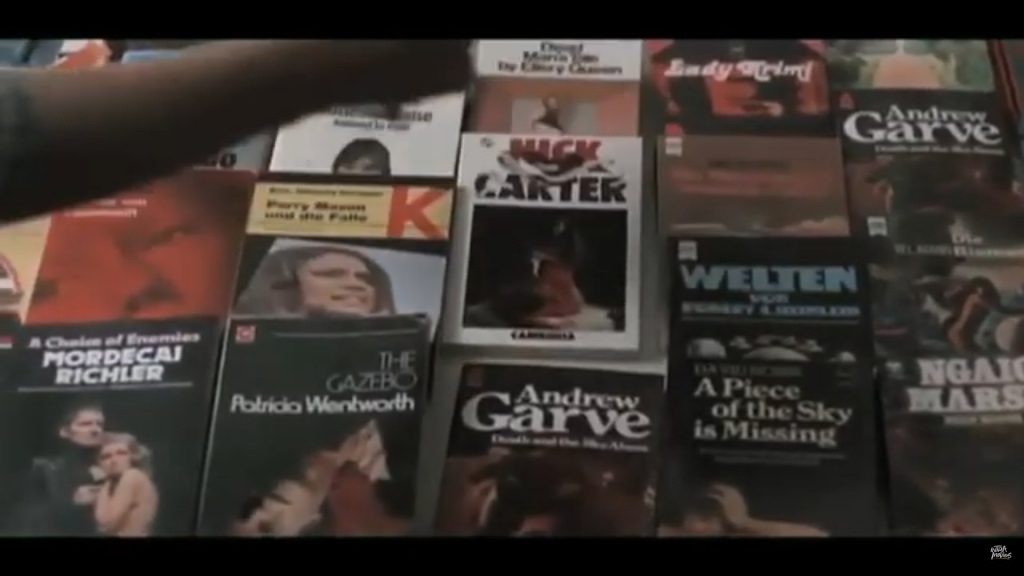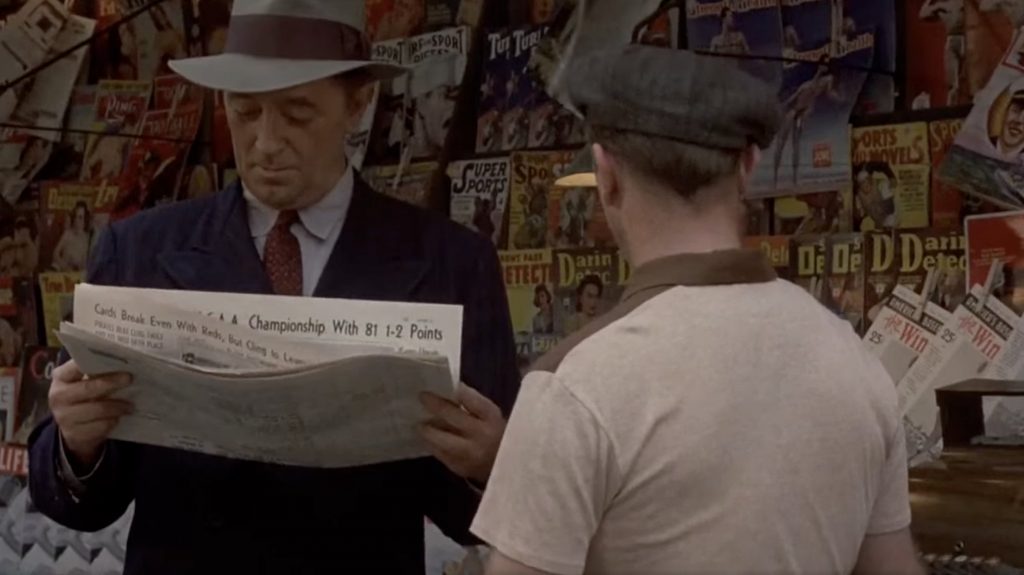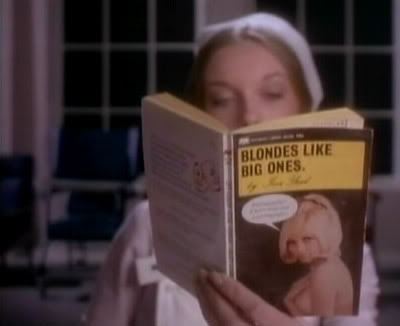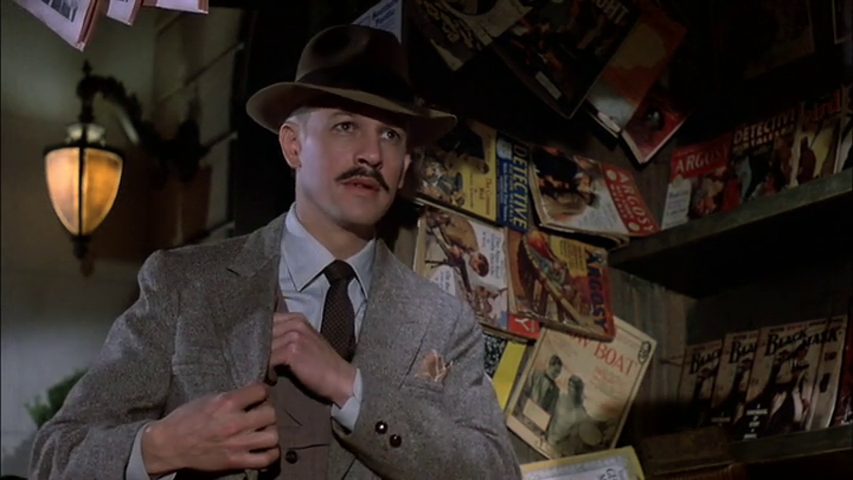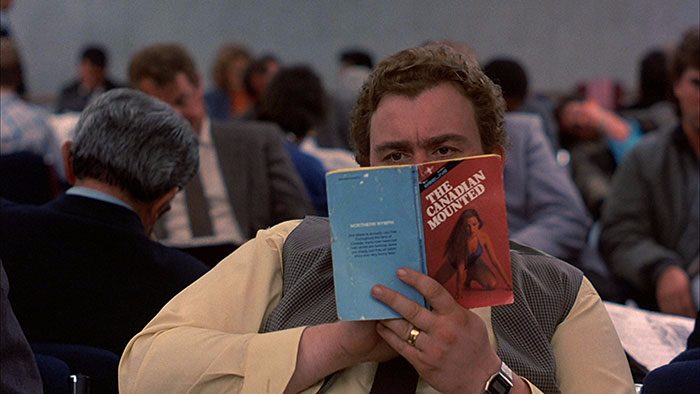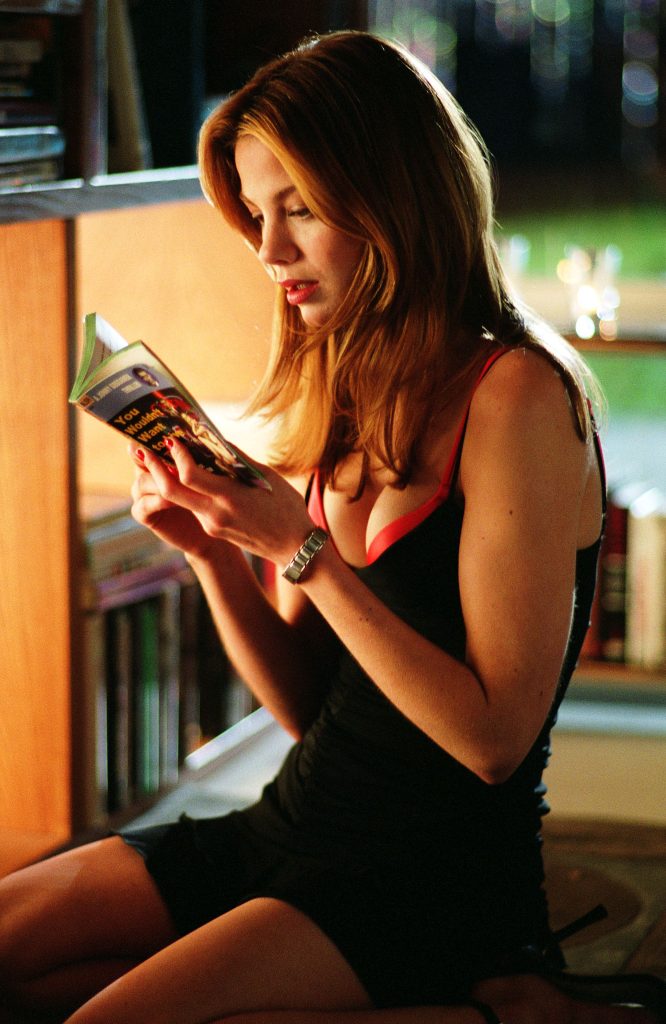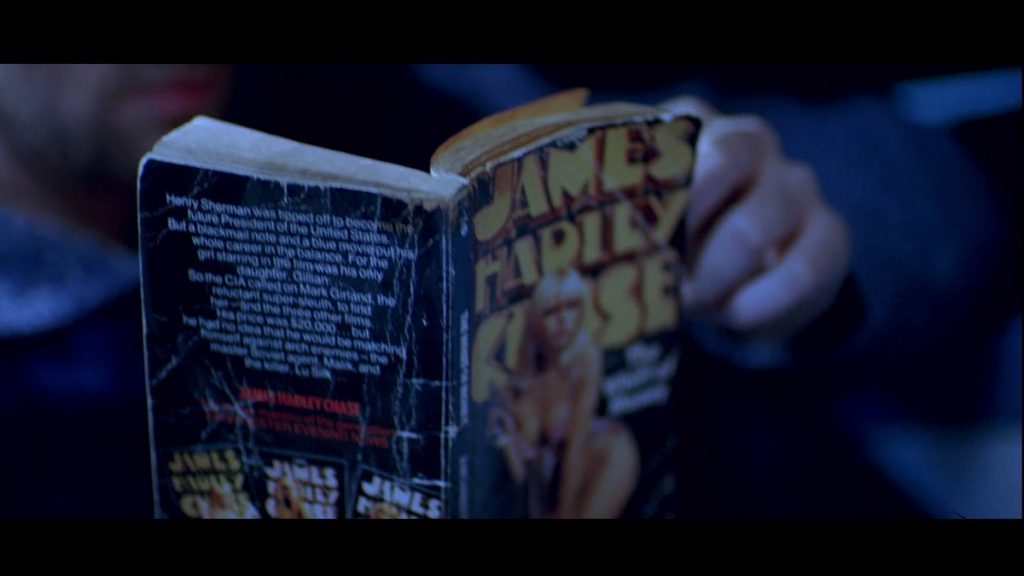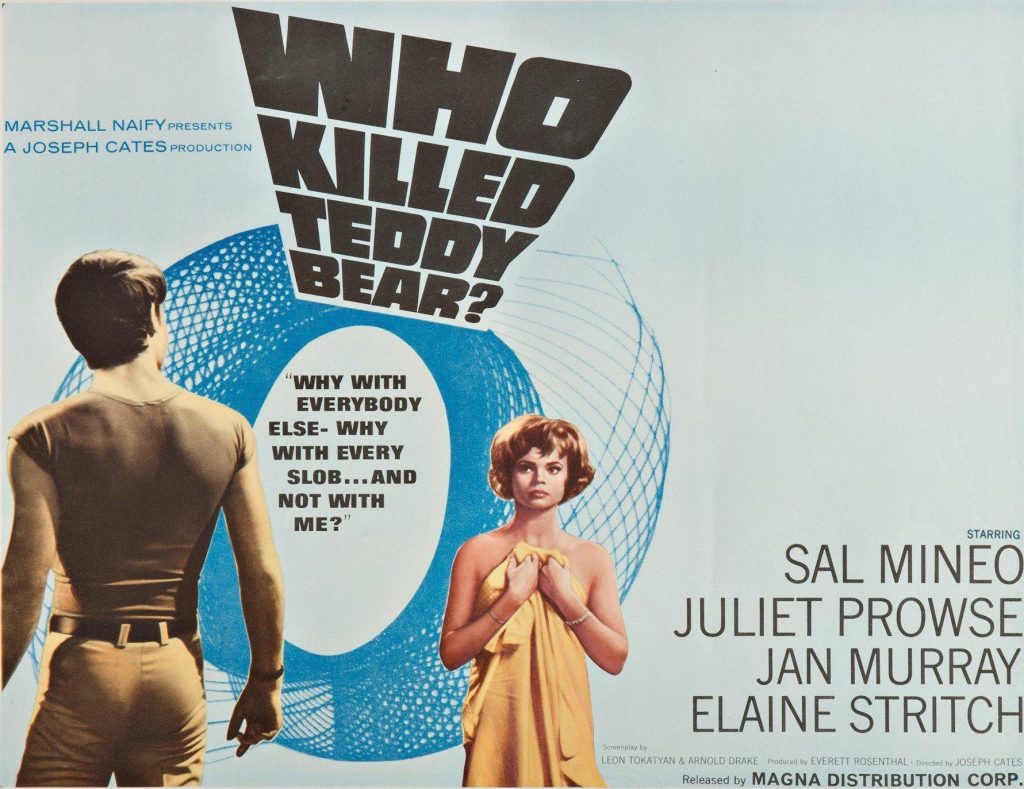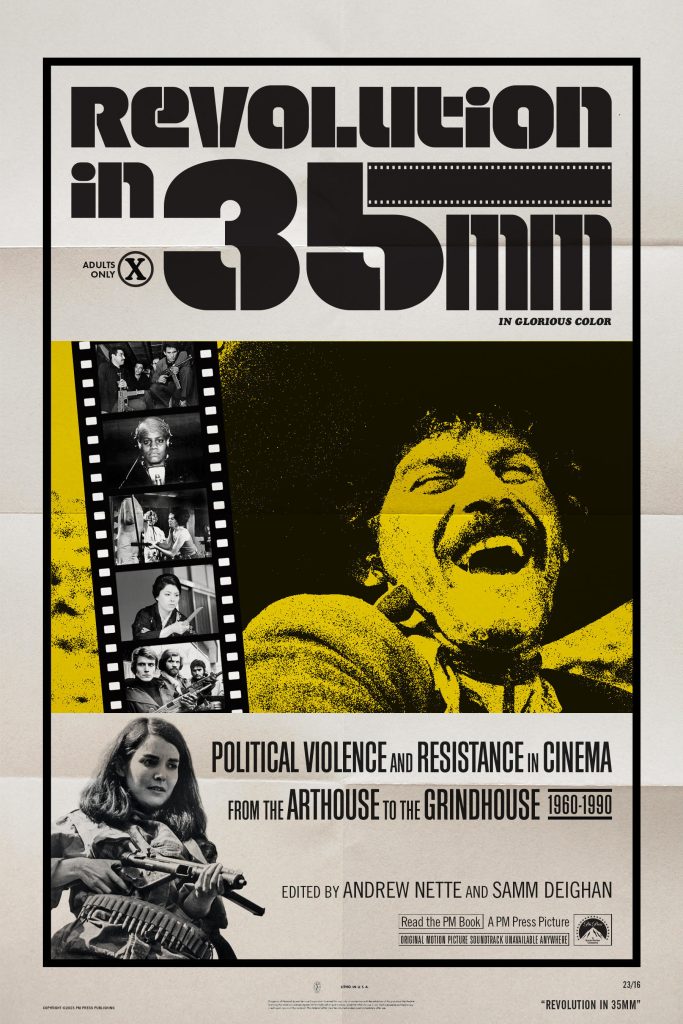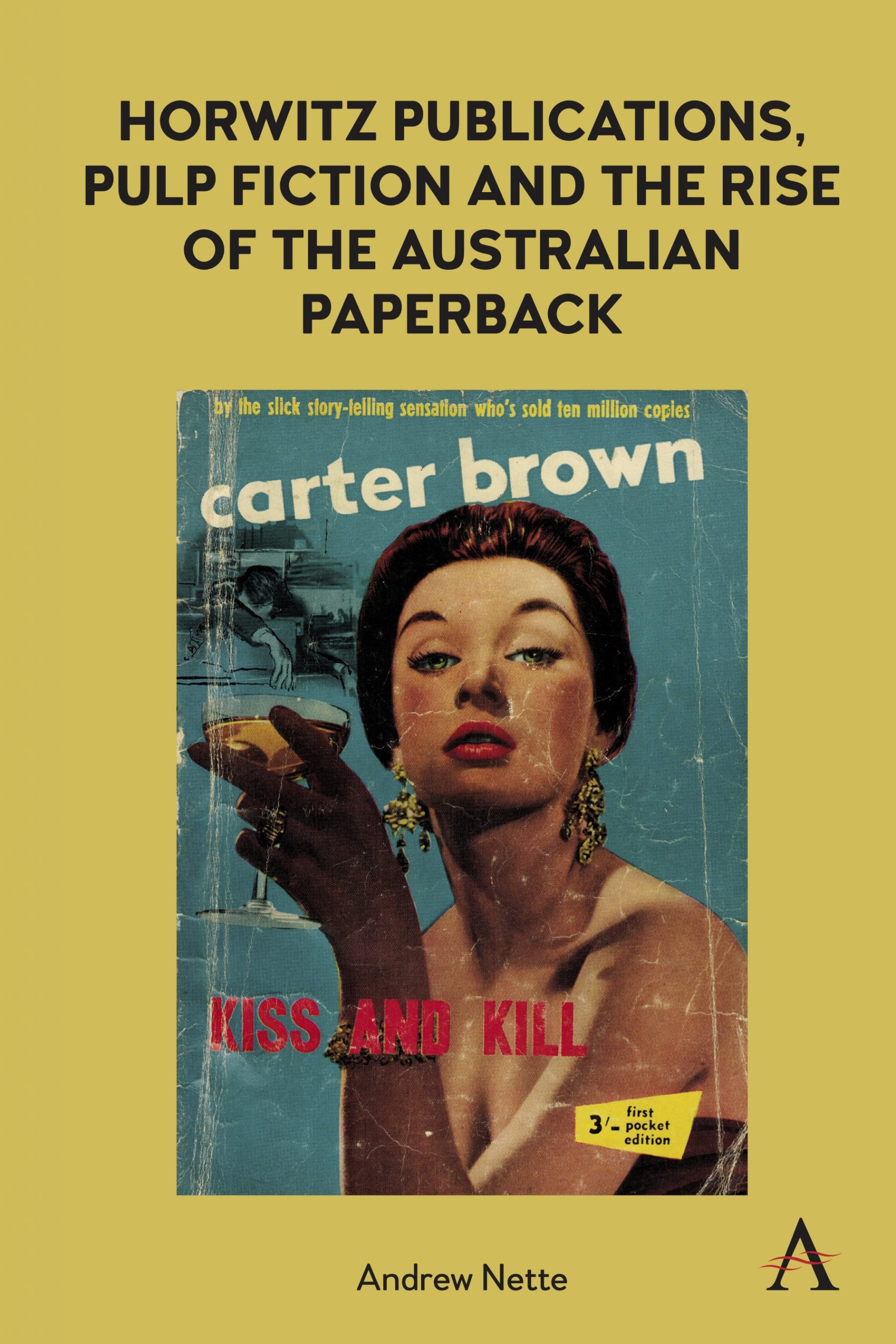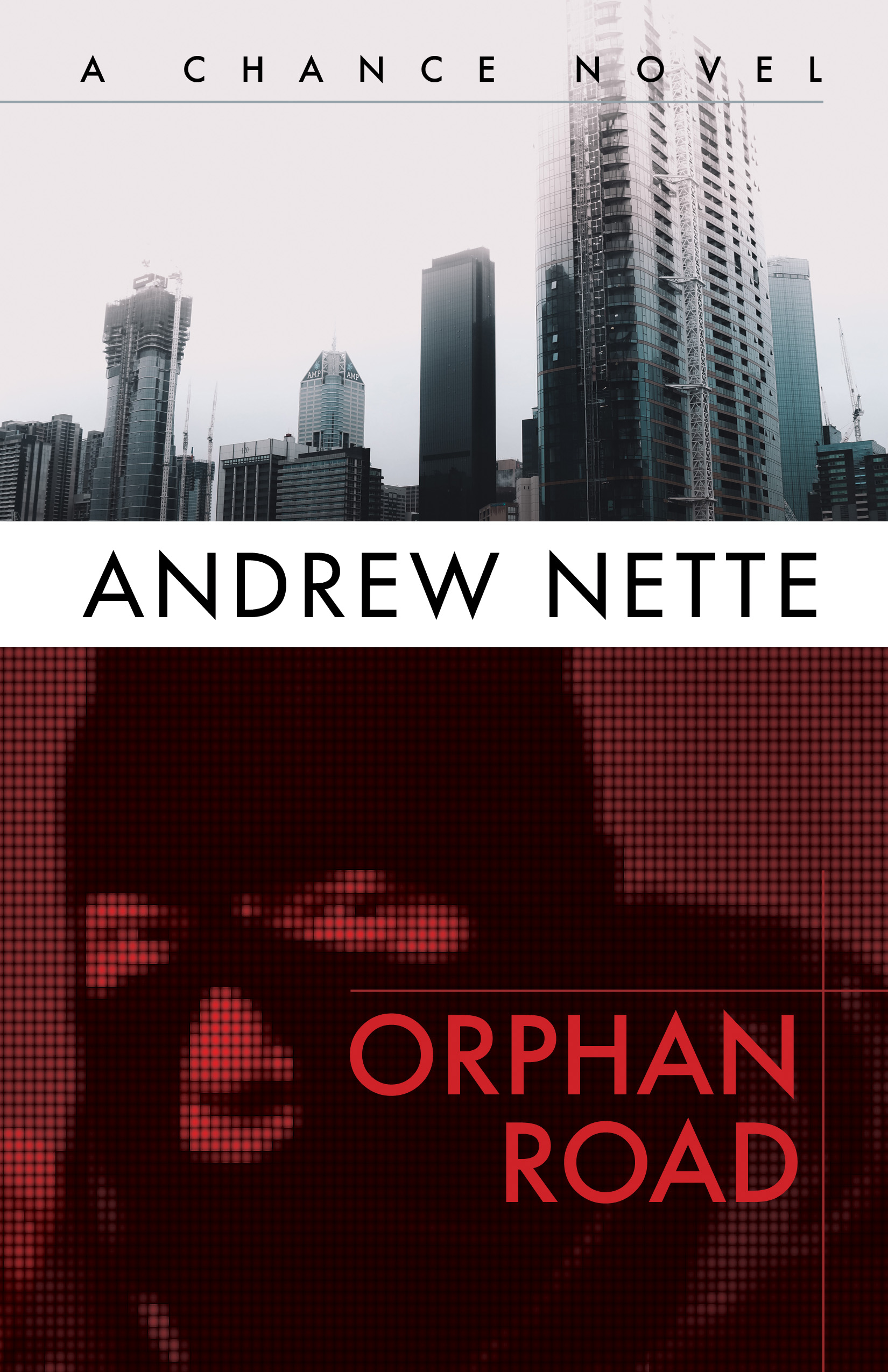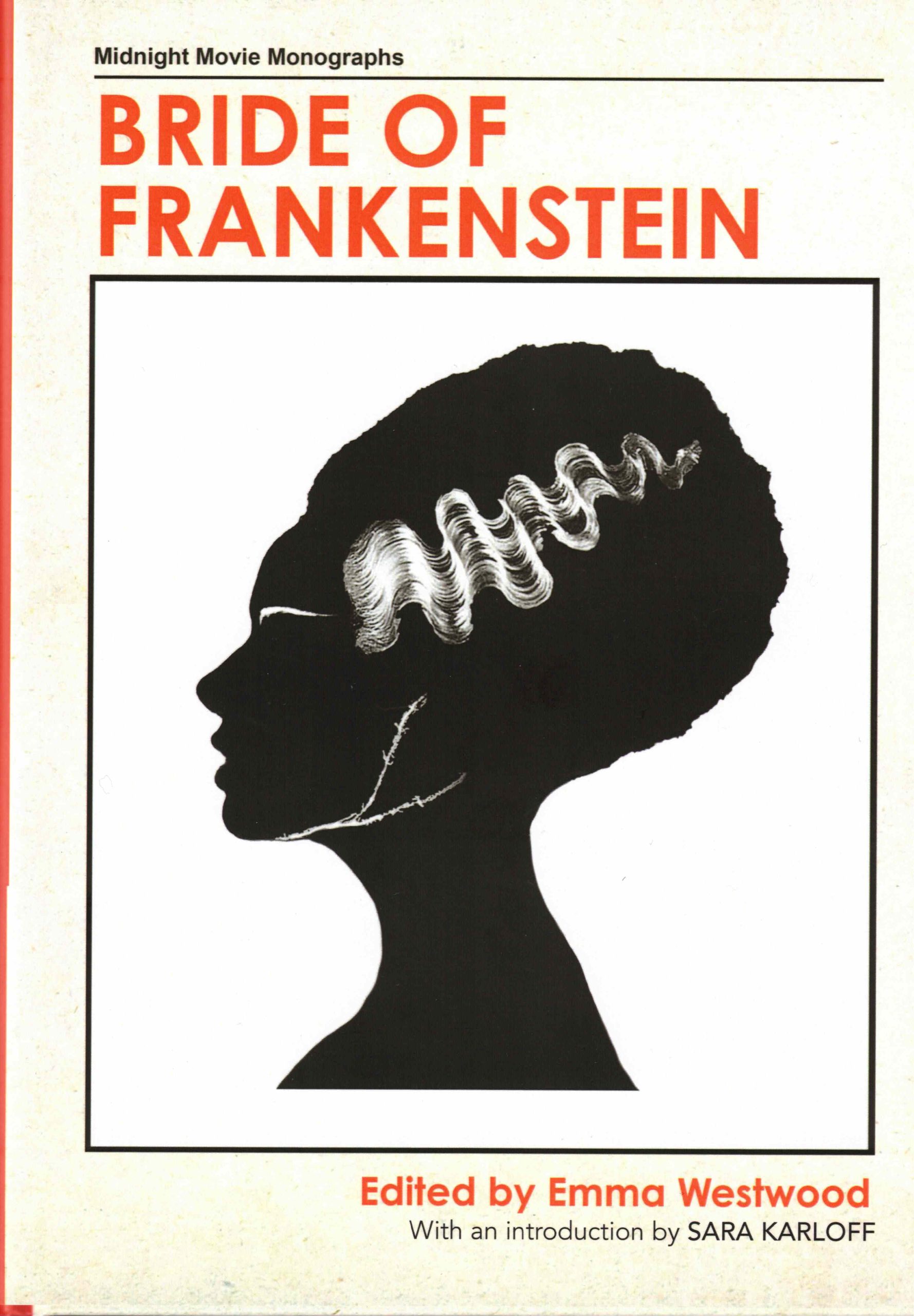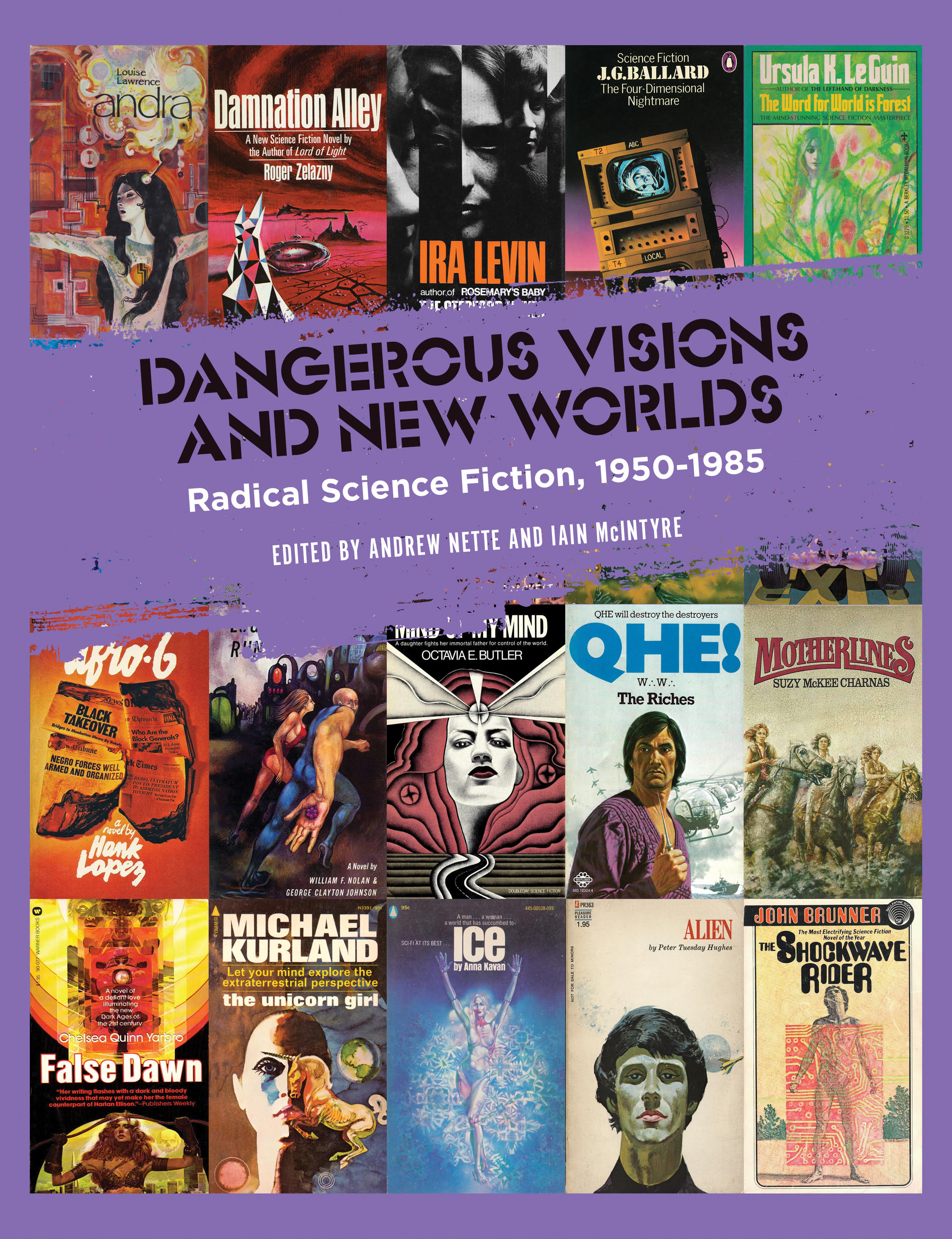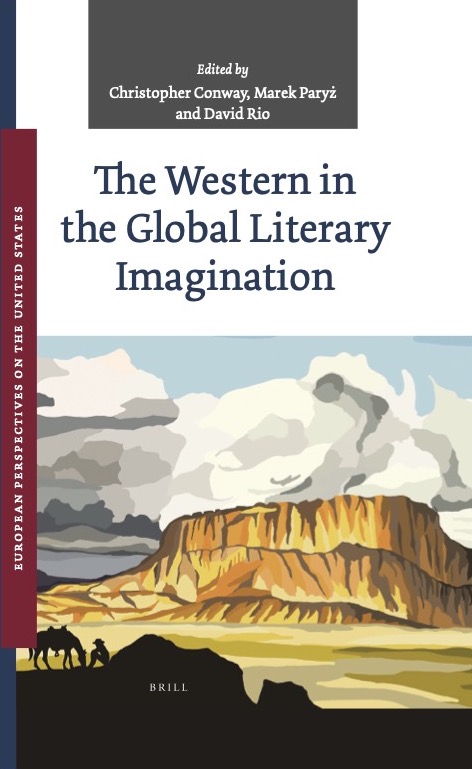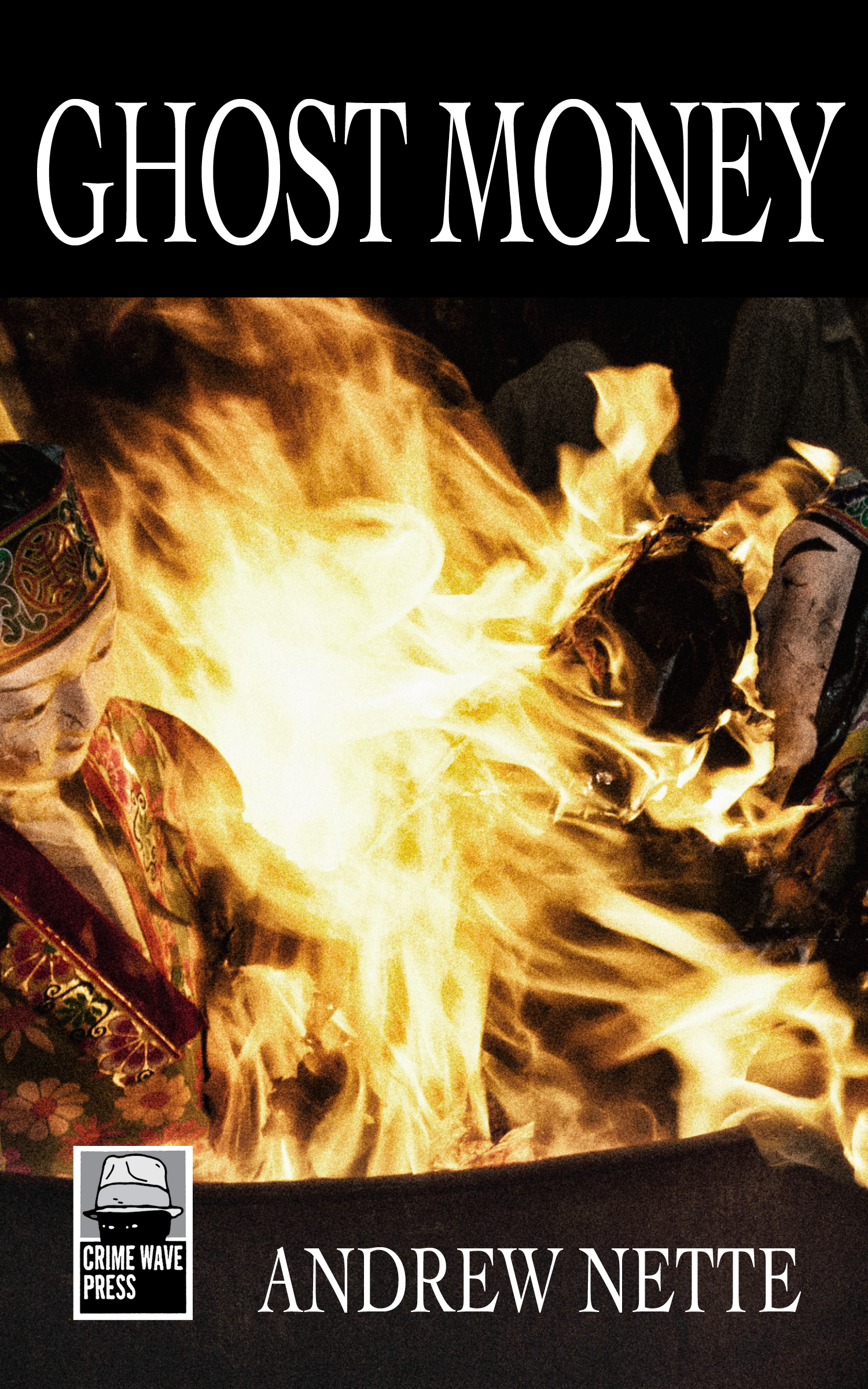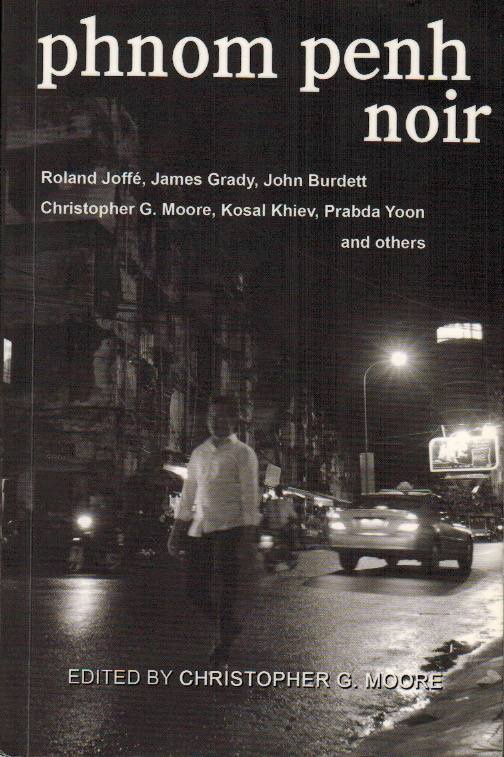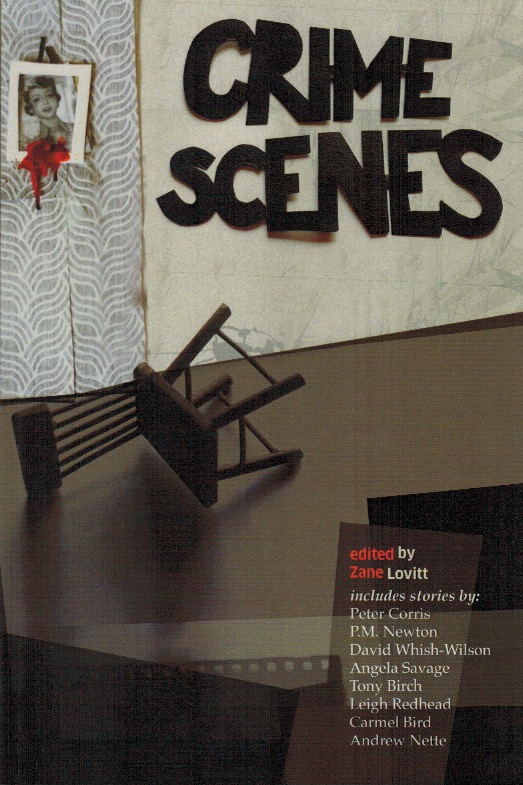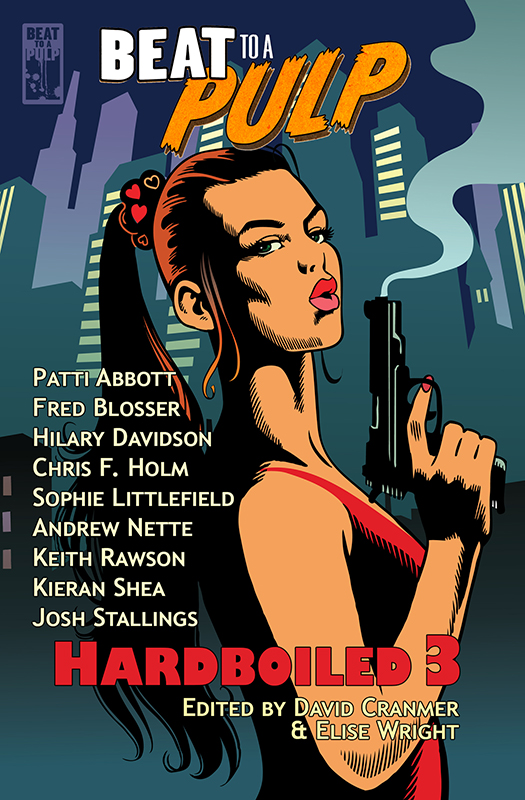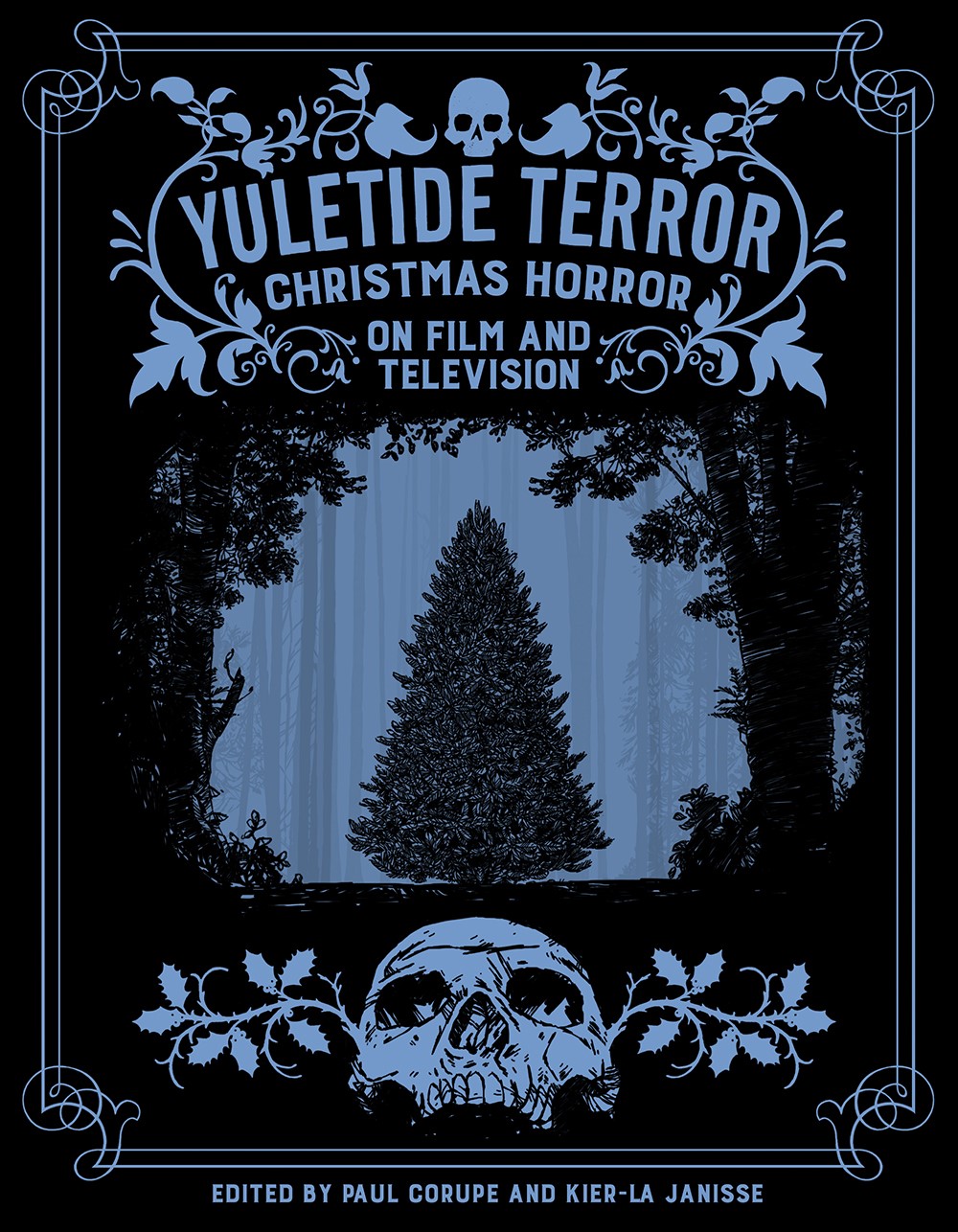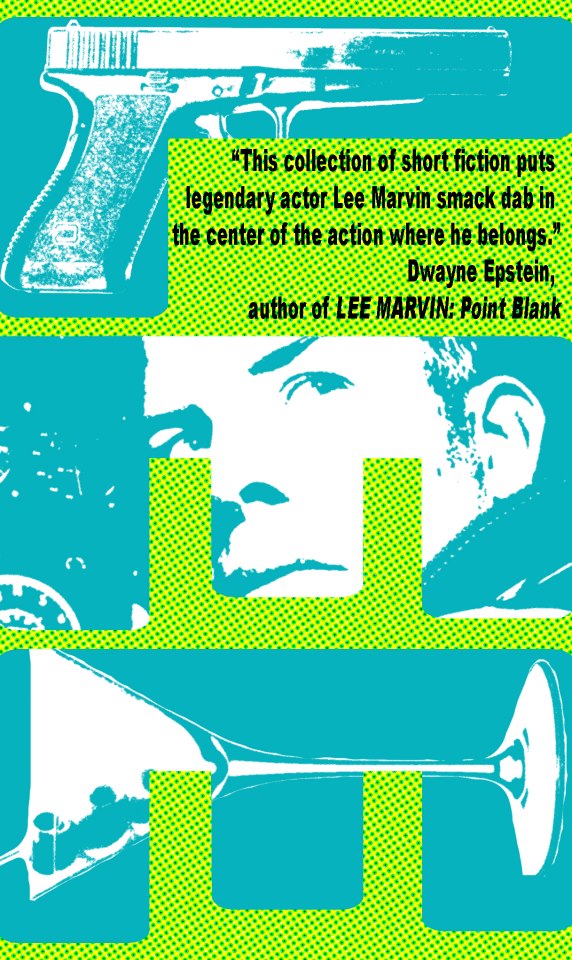Search
-
Recent Posts
- Dishing up Pulp Curry in a new way: why I am starting a Substack newsletter
- Book reviews: Deadly dames, midcentury Brit pulp and 1970s science fiction
- Mackenna’s Gold (1969): Gold, Ghosts and Frontier Violence
- Orphan Road book launch
- Orphan Road now available
- Pre-orders open for my new novel, Orphan Road
- Cover reveal: Orphan Road, my follow up to Gunshine State
- Breakfast in the Ruins podcast: New English Library Bikermania
- Why 1973 was the year Sidney Lumet took on police corruption
- Men’s Adventure Quarterly: Gang Girls issue
Categories
- 1960s American crime films
- 1970s American crime films
- 1980s American crime films
- 1990s American crime films
- Adrian McKinty
- Albert Dekker
- Andre De Toth
- Angela Savage
- Angie Dickinson
- Anthony Zerbe
- Asian noir
- Australian crime fiction
- Australian crime film
- Australian noir
- Australian popular culture
- Australian pulp fiction
- Australian television history
- Ava Gardner
- Beat culture
- Belmont Tower Books
- Ben Wheatley
- Billie Whitelaw
- Black pulp fiction
- Blaxsploitation
- Book cover design
- Book Reviews
- British crime cinema
- British pulp fiction
- Bryan Brown
- Burt Lancaster
- Carter Brown
- Charles Durning
- Charles Willeford
- Chester Himes
- Christopher G Moore
- Christopher Lee
- Cinema culture
- Claude Atkins
- Coronet Books
- Crawford Productions
- Crime Factory
- Crime Factory Publications
- Crime fiction
- Crime fiction and film from Africa
- Crime fiction and film from Cambodia
- Crime fiction and film from China
- Crime fiction and film from India
- Crime fiction and film from Indonesia
- Crime fiction and film from Japan
- Crime fiction and film from Laos
- Crime fiction and film from Latin and Central America
- Crime fiction and film from Malaysia
- Crime fiction and film from New Zealand
- Crime fiction and film from Scandinavia
- Crime fiction and film from Singapore
- Crime fiction and film from South Korea
- Crime fiction and film from Thailand
- Crime fiction and film from the Philippines
- Crime Fiction and film set in Vietnam
- Crime film
- Dangerous Visions and New Worlds Radical Science Fiction 1950 to 1985
- David Goodis
- David Peace
- David Whish-Wilson
- Derek Raymond
- Diana Dors
- Dirk Bogarde
- Don Siegel
- Don Winslow
- Donald Westlake aka Richard Stark
- Dystopian cinema
- Ernest Borgnine
- Eurocrime
- Fawcett Gold Medal Books
- Femme fatale
- Fernando Di Leo
- Filipino genre films
- Film Noir
- Forgotten Melbourne
- French cinema
- French crime fiction
- Garry Disher
- Gene Hackman
- George V Higgins
- Georges Simenon
- Ghost Money
- Giallo cinema
- Gil Brewer
- Girl Gangs, Biker Boys and Real Cool Cats: Pulp Fiction & Youth Culture, 1950-1980
- Gloria Grahame
- Gold Star Publications
- Gregory Peck
- Gunshine State
- Heist films
- Horror
- Horwitz Publications
- Humphrey Bogart
- Ian Fleming
- Interviews
- Ira Levin
- James Caan
- James Crumley
- James Ellroy
- James Hadley Chase
- James Woods
- Jim Brown
- Jim Thompson
- Joel Edgerton
- John Frankenheimer
- Joseph Losey
- Karen Black
- Kerry Greenwood
- Kinji Fukasaku
- Larry Kent
- Laura Elizabeth Woolett
- Lee Marvin
- Leigh Redhead
- Lindy Cameron
- M Emmet Walsh
- Mad Max
- Mafia
- Malla Nunn
- Martin Limon
- Megan Abbott
- Melbourne International Film Festival
- Melbourne Writers Festival
- Men's Adventure Magazines
- Michael Caine
- Michael Fassbender
- Mickey Spillane
- Monarch Books
- Ned Kelly Awards
- Neo Noir
- New English Library
- Newton Thornburg
- Noir Con
- Noir fiction
- Non-crime reviews
- Oren Moverman
- Orphan Road
- Ozsploitation
- Pan Books
- Parker
- Paul Newman
- Peter Boyle
- Peter Corris
- Peter Strickland
- Peter Yates
- Poliziotteschi
- Pulp fiction
- Pulp fiction in the 70s and 80s
- Pulp fiction set in Asia
- Pulp Friday
- Pulp paperback cover art
- Qui Xiaolong
- Raymond Chandler
- Richard Burton
- Richard Conte
- Robert Aldrich
- Robert Mitchum
- Robert Ryan
- Robert Stone
- Rock Hudson
- Roger Smith
- Rollerball
- Rosaleen Norton
- Roy Scheider
- Rural noir
- Sam Levene
- Sam Peckinpah
- Samuel Fuller
- Science fiction and fantasy
- Scripts Publications
- Sidney Lumet
- Sidney Poitier
- Simon Harvester
- Snowtown
- Snubnose Press
- Spies
- Stanley Baker
- Sterling Hayden
- Steve McQueen
- Sticking it the the Man Revolution and Counter Culture in Pulp and Popular Fiction 1950 1980
- Stuart Rosenberg
- Tandem Books
- Tart noir
- Tartan Noir
- Ted Lewis
- Toni Johnson Woods
- True crime
- Vicki Hendricks
- Victor Mature
- Vintage mug shots
- Vintage pulp paperback covers
- Wallace Stroby
- War film
- Westerns
- William Friedkin
- Woody Strode
- Yakuza films
- Yaphet Kotto
Nothing but noir
Recommended reading
The lurid world of pulp
- 20th century Danny Boy
- American Pulps
- Bear Alley
- Bloody, Spicy, Books
- Comics Down Under
- Everything second hand
- Existential Ennui
- Greenleaf Classic Books
- Irv O. Neil's Erotica is My Trade
- Killer Covers
- Lost Classics of Teen Lit 1939-1989
- Luminist Archives
- Men's Pulp Mags
- Mporcius Fiction Log
- Murder, Mayhem and Long Dogs
- Neglected Books
- Nocturnal Revelries
- Paperback Warrior
- Paperbacks of the Gods
- Pop Sensation
- Pulp artists
- Pulp Covers
- Pulp Crazy
- Pulp Flakes
- Pulp International
- Pulp Magazines Project
- Pulp Serenade
- Realms of the Night
- Romance Fiction Has a History
- Rough Edges
- Sin Street Sleaze
- Spy Guys and Gals
- The department of Afro American Research Arts & Culture
- The Dusty Bookcase
- The Haunted World of Richard Sala
- The Moon Lens
- The Nick Carter & Carter Brown Blog
- The Pulp & Paperback Fiction Reader
- Too Much Horror Fiction
- True Pulp Fiction
- Vault of Horror
- Vintage Nurse Romance Novels
- Vintage Romance Novels
- Welcome to the Pan Paperback
- Yellow and Creased
Support This Site
If you like what I do please support me on Ko-fi
Category Archives: Film Noir
Dishing up Pulp Curry in a new way: why I am starting a Substack newsletter

After much thought I have decided that to experiment with moving the focus of my blogging from this site to a new Pulp Curry Substack newsletter.
Why am I doing this?
The first post on this website appeared on July 2010 (about the incredibly underrated 1979 Australian heist film, Money Movers – you can read the post here). I’ve been writing on the site with varying frequency ever since (579 posts in all), and for the most part have enjoyed it immensely.
But for the last 12 or so months I just haven’t been feeling it – or getting the hits to make it seem worthwhile – and have started to wonder whether it’s worth continuing with the effort. Posting on a website has been starting to feel like the equivalent of trying to read a broadsheet newspaper in a crowded tram carriage, unwieldy and inconvenient.
And, thinking about it, I suspect the blog format is starting to get a bit stale for me and is actually now a brake on my posting more regularly.
I know that I’m no Robinson Crusoe in this regard. The majority of the blogs I used to follow have gradually fallen by the wayside, as people have moved on, grown weary of the effort, found other interests, adopted other means to get their message out, or, in some cases (gulp), died.… Read more
Posted in 1960s American crime films, 1970s American crime films, 1980s American crime films, 1990s American crime films, Adrian McKinty, Albert Dekker, Andre De Toth, Angela Savage, Angie Dickinson, Anthony Zerbe, Asian noir, Australian crime fiction, Australian crime film, Australian noir, Australian popular culture, Australian pulp fiction, Australian television history, Ava Gardner, Beat culture, Belmont Tower Books, Ben Wheatley, Billie Whitelaw, Black pulp fiction, Blaxsploitation, Book cover design, Book Reviews, British crime cinema, British pulp fiction, Bryan Brown, Burt Lancaster, Carter Brown, Charles Durning, Charles Willeford, Chester Himes, Christopher G Moore, Christopher Lee, Cinema culture, Claude Atkins, Coronet Books, Crawford Productions, Crime Factory, Crime Factory Publications, Crime fiction, Crime fiction and film from Africa, Crime fiction and film from Cambodia, Crime fiction and film from China, Crime fiction and film from India, Crime fiction and film from Indonesia, Crime fiction and film from Japan, Crime fiction and film from Laos, Crime fiction and film from Latin and Central America, Crime fiction and film from Malaysia, Crime fiction and film from New Zealand, Crime fiction and film from Scandinavia, Crime fiction and film from Singapore, Crime fiction and film from South Korea, Crime fiction and film from Thailand, Crime fiction and film from the Philippines, Crime Fiction and film set in Vietnam, Crime film, Dangerous Visions and New Worlds Radical Science Fiction 1950 to 1985, David Goodis, David Peace, David Whish-Wilson, Derek Raymond, Diana Dors, Dirk Bogarde, Don Siegel, Don Winslow, Donald Westlake aka Richard Stark, Dystopian cinema, Ernest Borgnine, Eurocrime, Fawcett Gold Medal Books, Femme fatale, Fernando Di Leo, Filipino genre films, Film Noir, Forgotten Melbourne, French cinema, French crime fiction, Garry Disher, Gene Hackman, George V Higgins, Georges Simenon, Ghost Money, Giallo cinema, Gil Brewer, Girl Gangs, Biker Boys and Real Cool Cats: Pulp Fiction & Youth Culture, 1950-1980, Gloria Grahame, Gold Star Publications, Gregory Peck, Gunshine State, Heist films, Horror, Horwitz Publications, Humphrey Bogart, Ian Fleming, Interviews, Ira Levin, James Caan, James Crumley, James Ellroy, James Hadley Chase, James Woods, Jim Brown, Jim Thompson, Joel Edgerton, John Frankenheimer, Joseph Losey, Karen Black, Kerry Greenwood, Kinji Fukasaku, Larry Kent, Lee Marvin, Leigh Redhead, Lindy Cameron, M Emmet Walsh, Mad Max, Mafia, Malla Nunn, Martin Limon, Megan Abbott, Melbourne International Film Festival, Melbourne Writers Festival, Men's Adventure Magazines, Michael Caine, Michael Fassbender, Mickey Spillane, Monarch Books, Ned Kelly Awards, Neo Noir, New English Library, Newton Thornburg, Noir Con, Noir fiction, Non-crime reviews, Oren Moverman, Orphan Road, Ozsploitation, Pan Books, Parker, Paul Newman, Peter Boyle, Peter Strickland, Peter Yates, Poliziotteschi, Pulp fiction, Pulp fiction in the 70s and 80s, Pulp fiction set in Asia, Pulp Friday, Pulp paperback cover art, Qui Xiaolong, Raymond Chandler, Richard Burton, Richard Conte, Robert Aldrich, Robert Mitchum, Robert Ryan, Robert Stone, Rock Hudson, Roger Smith, Rollerball, Rosaleen Norton, Roy Scheider, Rural noir, Sam Levene, Sam Peckinpah, Samuel Fuller, Science fiction and fantasy, Scripts Publications, Sidney Lumet, Sidney Poitier, Simon Harvester, Snowtown, Snubnose Press, Spies, Stanley Baker, Sterling Hayden, Steve McQueen, Sticking it the the Man Revolution and Counter Culture in Pulp and Popular Fiction 1950 1980, Stuart Rosenberg, Tandem Books, Tart noir, Tartan Noir, Ted Lewis, Toni Johnson Woods, True crime, Vicki Hendricks, Victor Mature, Vintage mug shots, Vintage pulp paperback covers, Wallace Stroby, War film, Westerns, William Friedkin, Woody Strode, Yakuza films, Yaphet Kotto
Projection Booth podcast #595: Nightmare Alley (1947)
For your Noirvember listening pleasure, the latest episode of Projection Booth Podcast is on the 1947 film noir, Nightmare Alley. I join Projection Booth host Mike White & film critic Samm Deighan to talk about the film, the William Lindsay Gresham book it is based on, and the 2021 reboot. We also discuss carnival noir & clairvoyants in noir film & I did a particular shout out to Bryan Forbes’s Seance on a Wet Afternoon (1964). We also talked a fair bit about sex: how much sex Stanton Carlisle gets in the 1947 film version (because no one else ever seems to) and how sexy that version is generally, especially compared to the 2021 reboot.
You can listen to the episode in full at this link.… Read more
Register for on-line NoirCon 2022
Those of you who have been following my site for a while now may have seen me post about NoirCon previously. A celebration of all things noir in film, literature, art and anything else you care to mention, NoirCon was previously held as a face-to-face gathering in Philadelphia, but has been cancelled for the last few years, due to Covid and other problems.
Well, now it is back, this year as an online gathering.
NoirCon will take place Friday-Saturday, October 21-23, EST. Virtual NoirCon 2022 will be held on the Accelevents platform. An all-access pass covering the entire conference is $36. Registration includes access to the Accelevents platform for 30 days after the event, so attendees can re-watch events or catch up on panels they missed.
NoirCon is hands down the best literary/arts festival I have attended. The exact program is not live yet but whatever the fevered mind of NoirCon organiser Lou Boxer has dreamt up in terms of a program, I have no doubt it’ll be good, including new events and events that would have been held in previous cancelled versions of the program. So if you have any interest in noir at all and are able to make the time zone work for you, you should definitely register at this link.… Read more
Posted in 1960s American crime films, 1970s American crime films, 1980s American crime films, 1990s American crime films, Asian noir, Australian noir, Crime fiction, Crime film, David Goodis, Femme fatale, Film Noir, French cinema, Heist films, Neo Noir, Noir Con, Noir fiction, Pulp fiction, Pulp fiction in the 70s and 80s, Pulp fiction set in Asia, Pulp paperback cover art, Tart noir, Tartan Noir, True crime
Tagged Halley Sutton, Lou Boxer, Nikki Dolson, noir art, Noir Con 2022, noir fiction, noir film, NoirCon, Richie Narvaez, Scott Adlerberg
Pulp on the big screen
This month sees the 50th anniversary of the Mike Hodges film, Pulp.
I feel like Pulp, which I reviewed on this site here back in 2016, does not get a lot of love from people, but I am a fan of its bizarre, at times almost campy noir vibe. Most of all, I like the fact that it is an ode to the era of mass produced literature and to a time when pulp, in all its forms, could still be dangerous.
The lead character is a sleazy expat British expat pulp writer called Mickey King, played by Michael Caine, a nod to the prolific writer Earl Stanley Gardner. King’s dialogue drips with sleazy pulp cadence and the film is full of images of pulp in its many forms.
Ever since watching this film, I have been on the look-out for signs of pulp in the movies. As a 50th anniversary tribute to the Hodges film, below are the screenshots of what I have managed to find so far. I am sure there are many others and I would love readers to alert me to ones I have missed or to help me identify the ones below that I have not been able to identify.
… Read morePosted in 1960s American crime films, 1970s American crime films, 1990s American crime films, Beat culture, British crime cinema, British pulp fiction, Crime fiction, Crime film, Film Noir, Horror, Men's Adventure Magazines, Michael Caine, Pulp fiction, Pulp fiction in the 70s and 80s, Pulp Friday, Pulp paperback cover art, Vintage pulp paperback covers, Westerns
Tagged Michael Caine, Mike Hodges, Pulp (1972), Pulp in movies, Pulp on the screen
Ten underappreciated American noirs of the late 1950s and 1960s
While preparing for a recent appearance on a podcast episode about John Boorman’s 1967 film, Point Blank, I thought a lot about American noir cinema of the very late 1950s and the 1960s. I find it interesting that so many of the films made during this time remain unknown and underappreciated relative to the classic film noir period, generally regarded as beginning with John Huston’s 1941 classic The Maltese Falcon and ending in 1958, and the body of American crime cinema known as neo noir, which took off in the early 1970s. My latest piece for the US site CrimeReads is on this strange, partly forgotten period of American noir cinema that came between classic film noir & 1970s neo-noir, and 10 great underrated/unknown films that were released during it. You can read it in full on the CrimeReads site here.… Read more
Posted in 1960s American crime films, 1970s American crime films, 1980s American crime films, Crime film, Film Noir, Heist films, Neo Noir
Tagged 1960s noir, American noir cinema, City of Fear (1959), Johnny Cool (1963), late noir, Mickey One (1965), noir cinema, Private Property (1960), Seconds (1966), The Boston Strangler (1968), The Detective (1968), Uptight (1969), Who Killed Teddy Bear? (1965)

